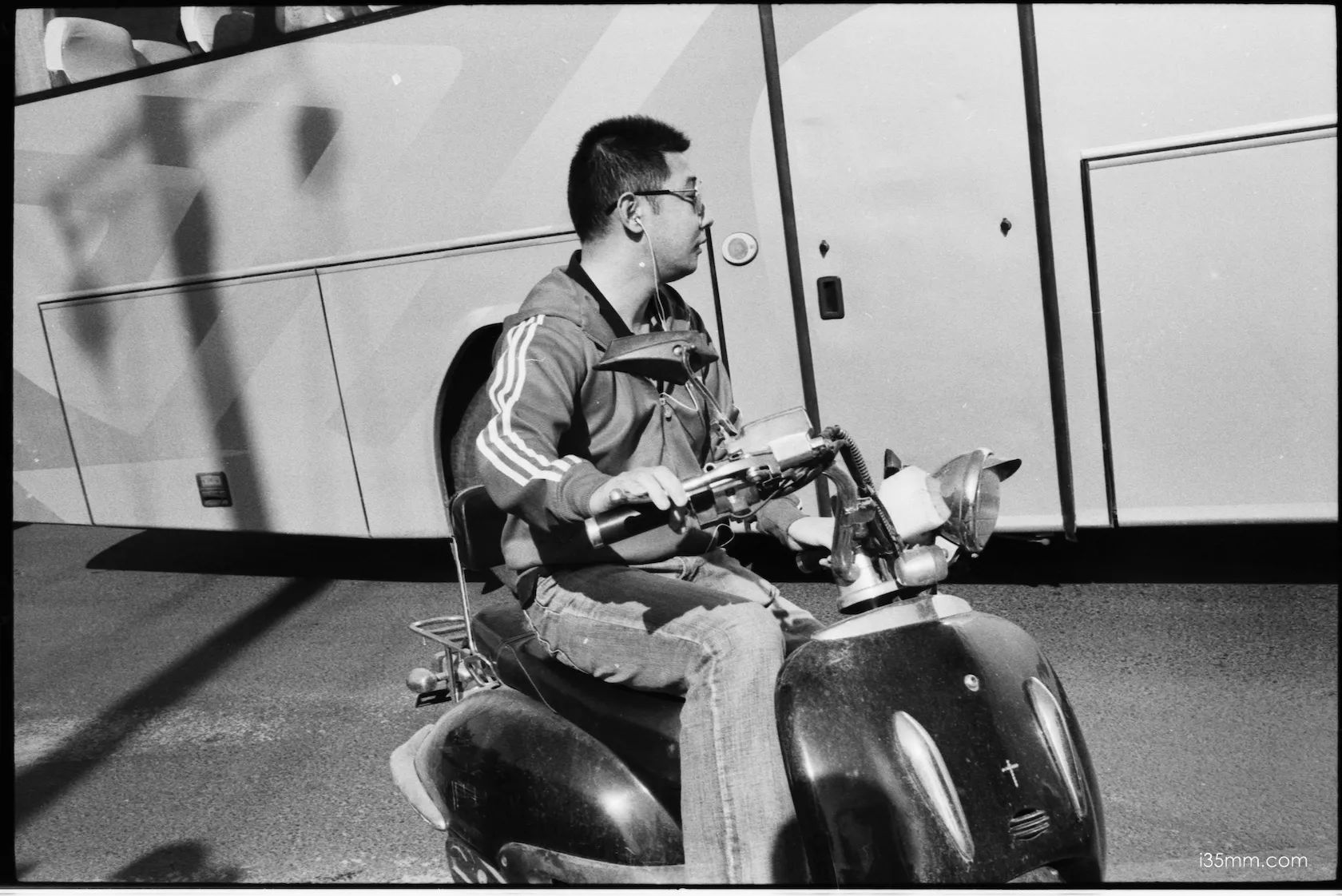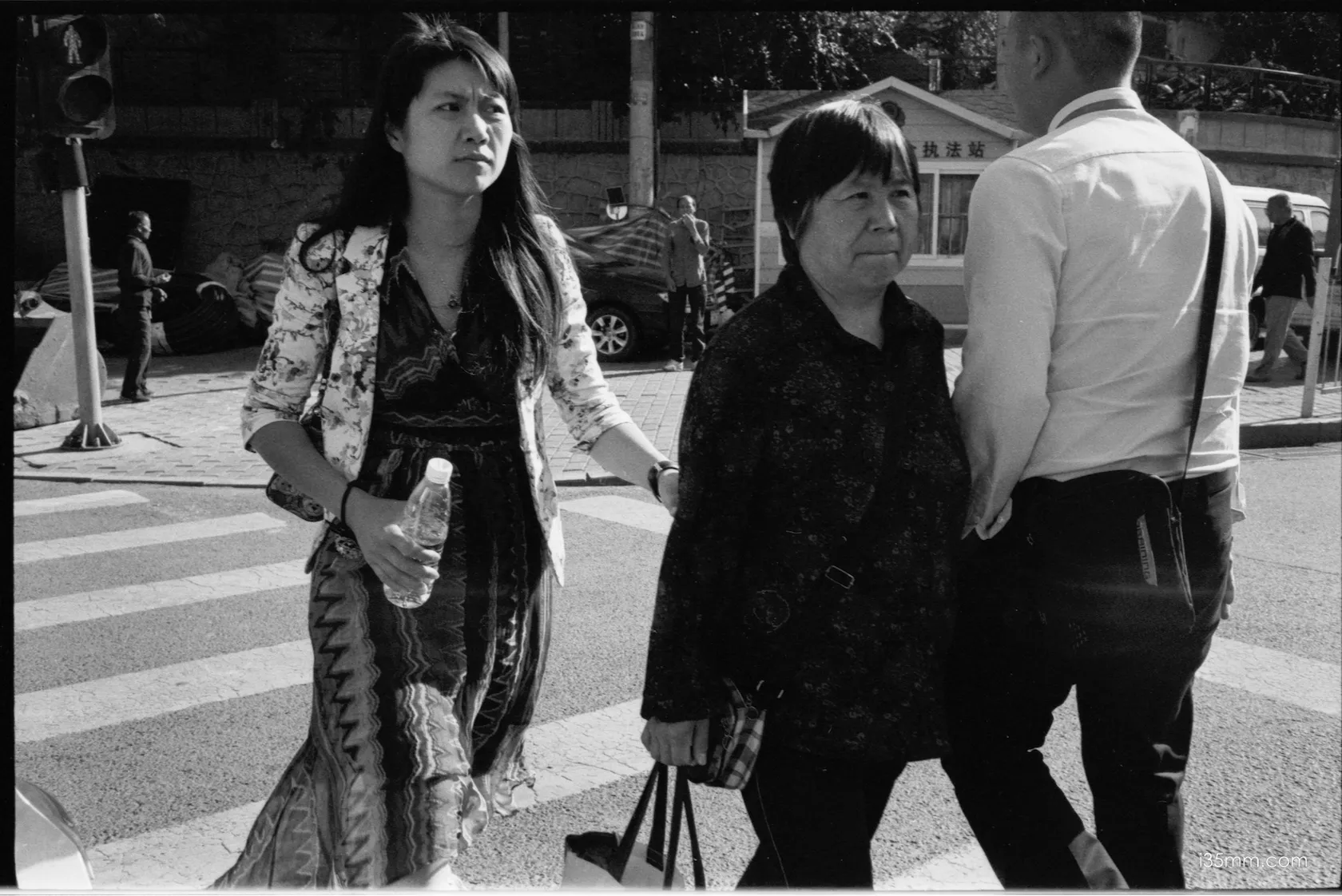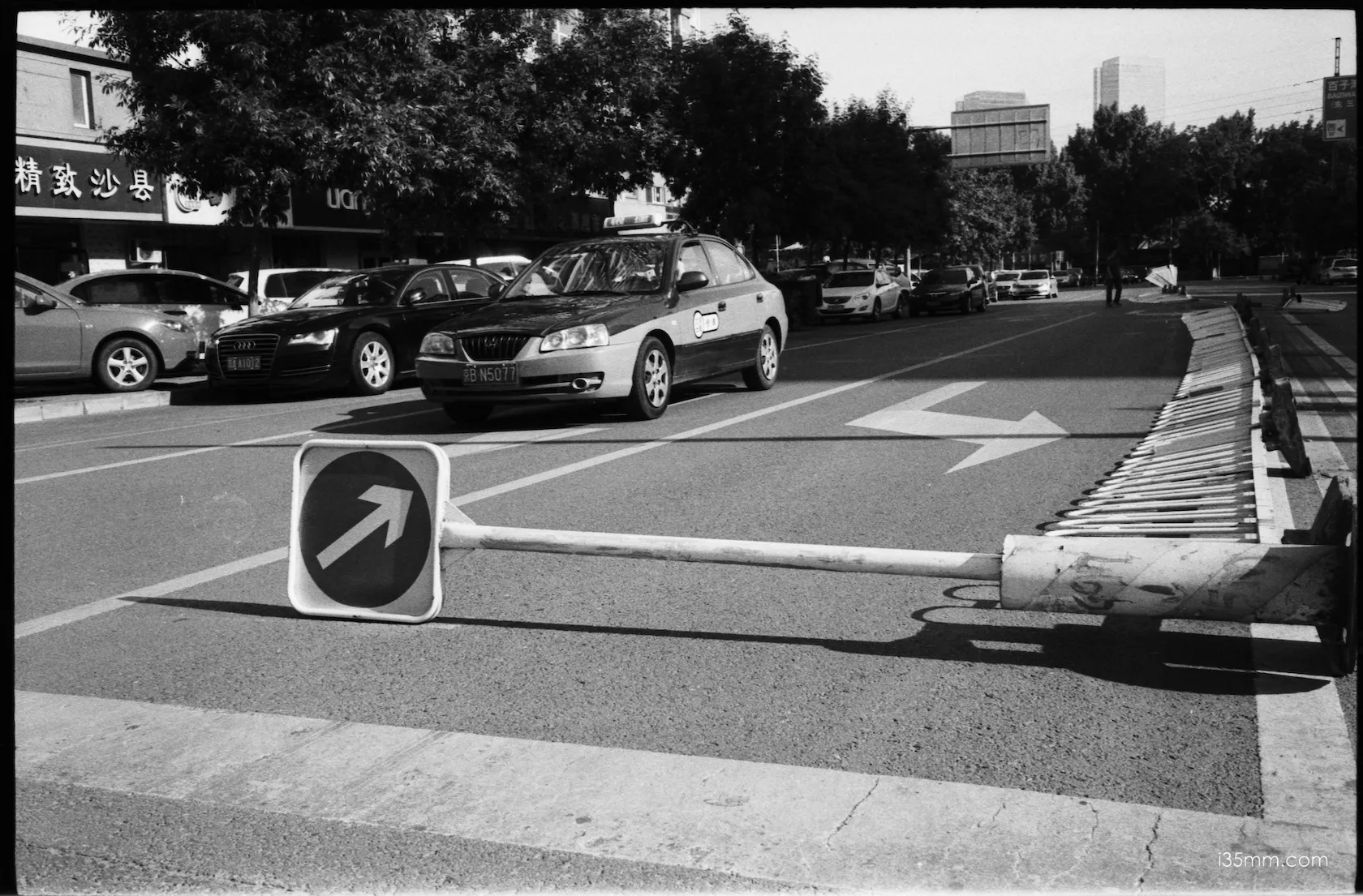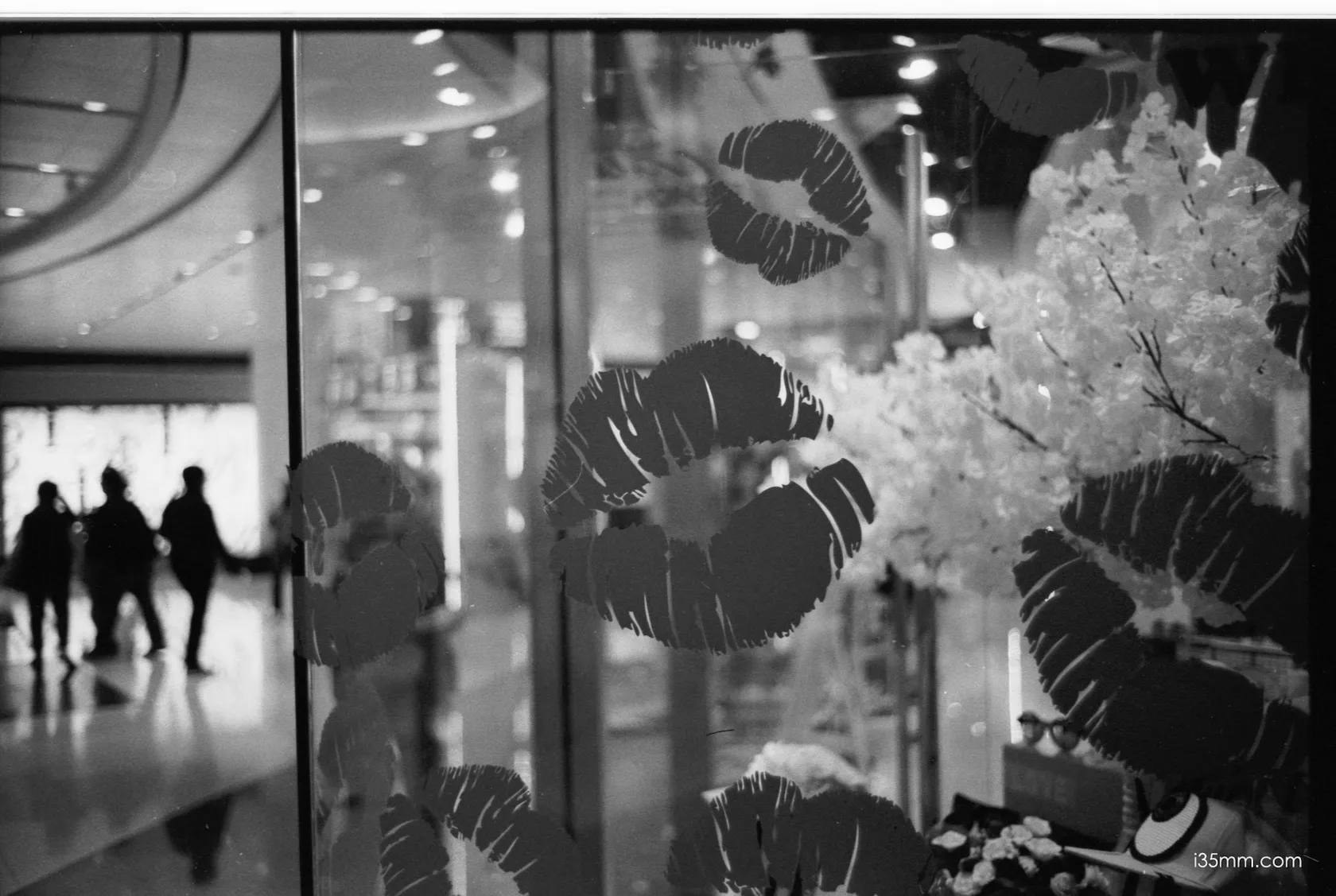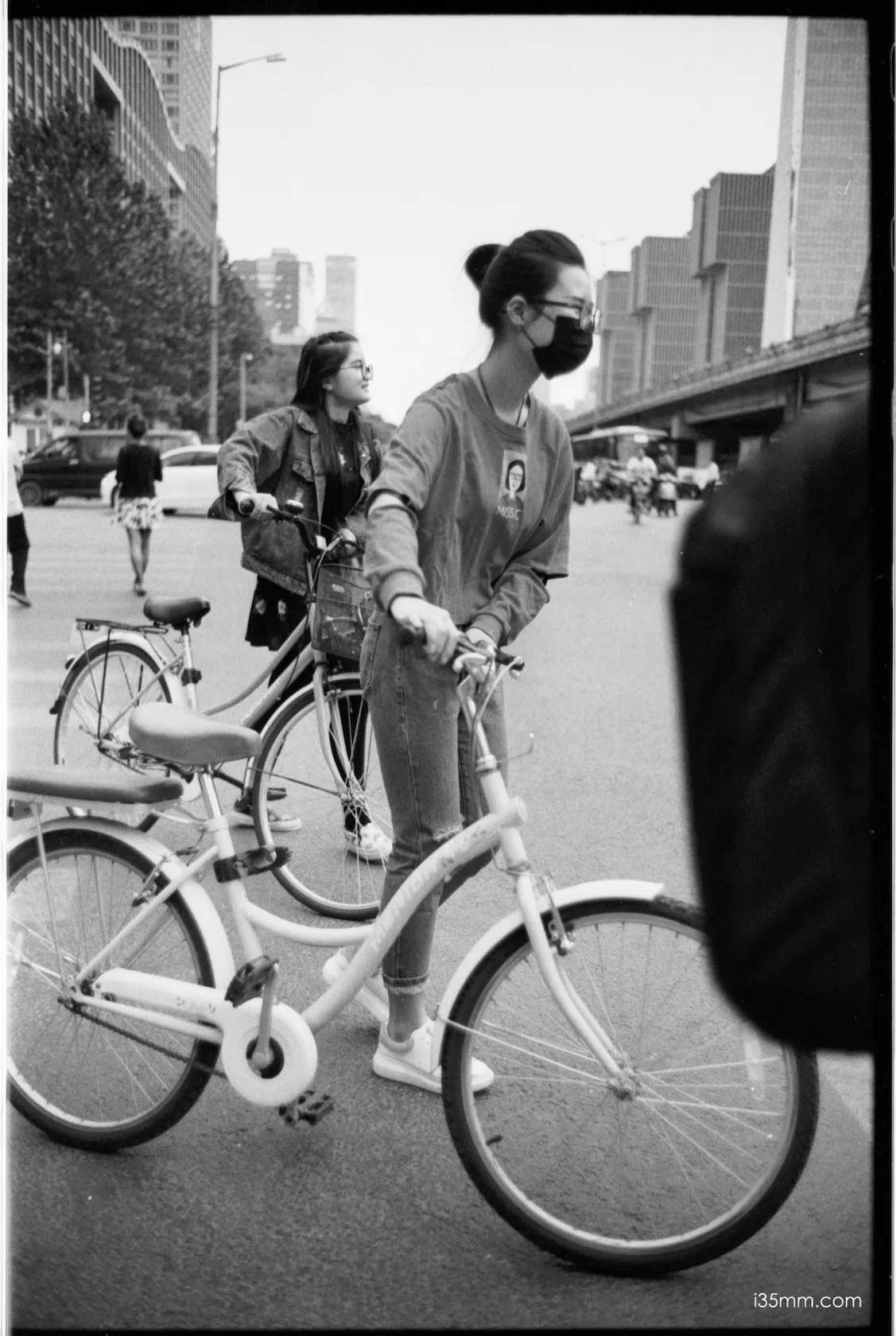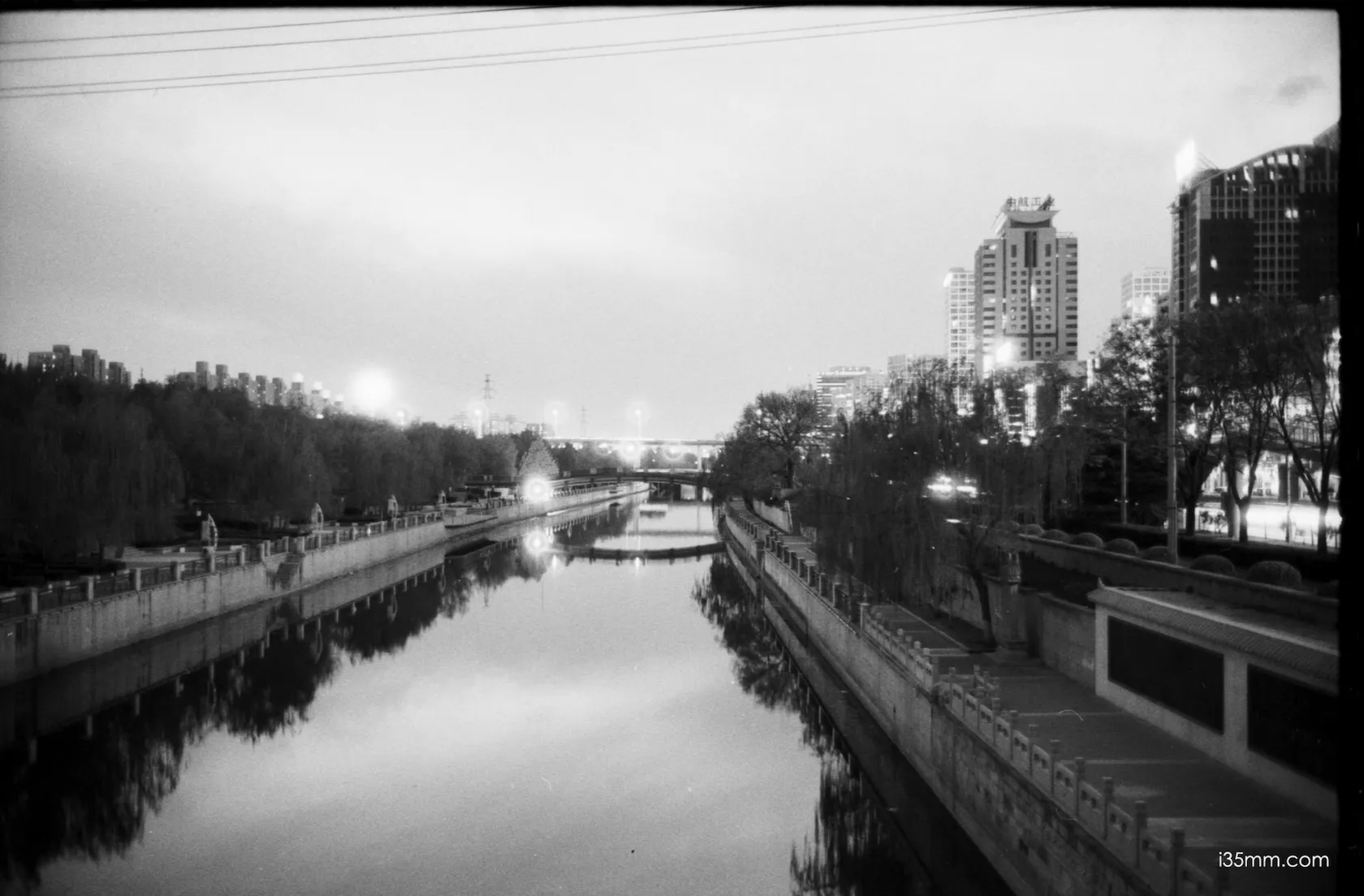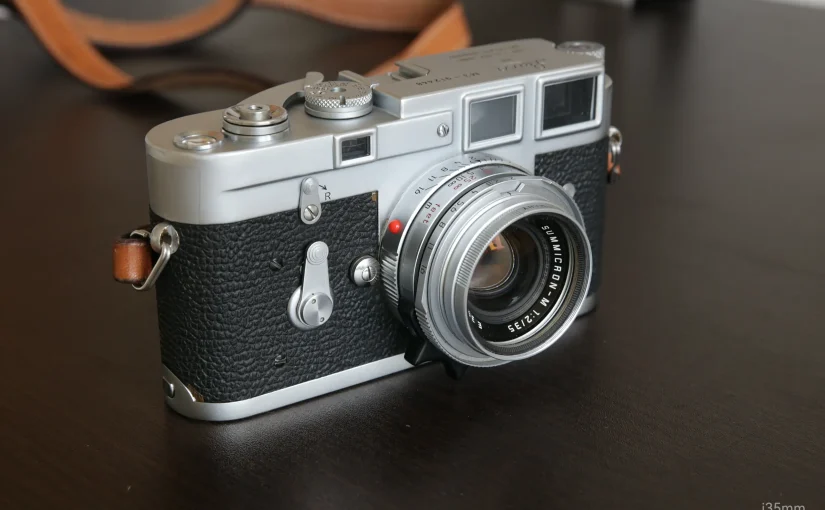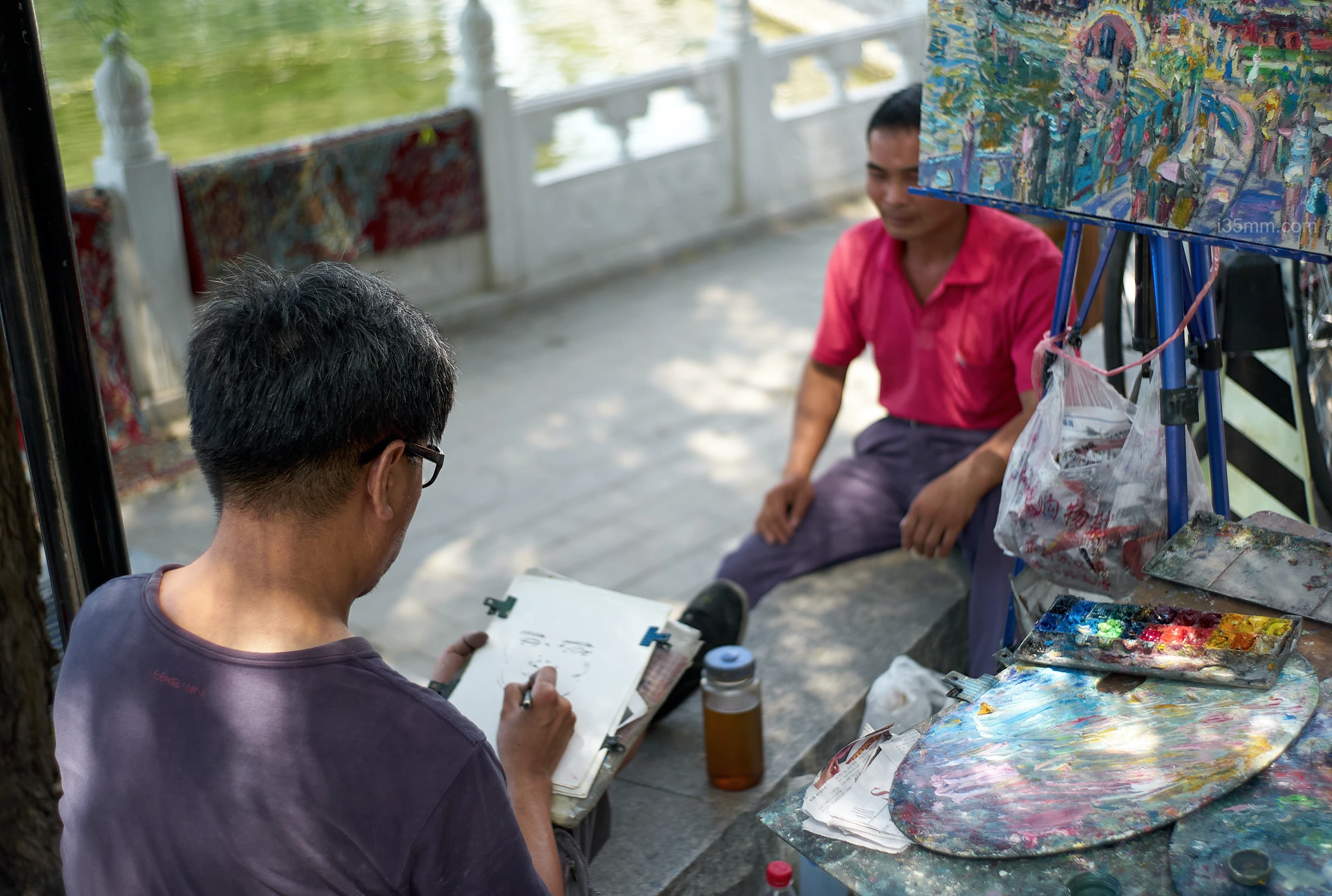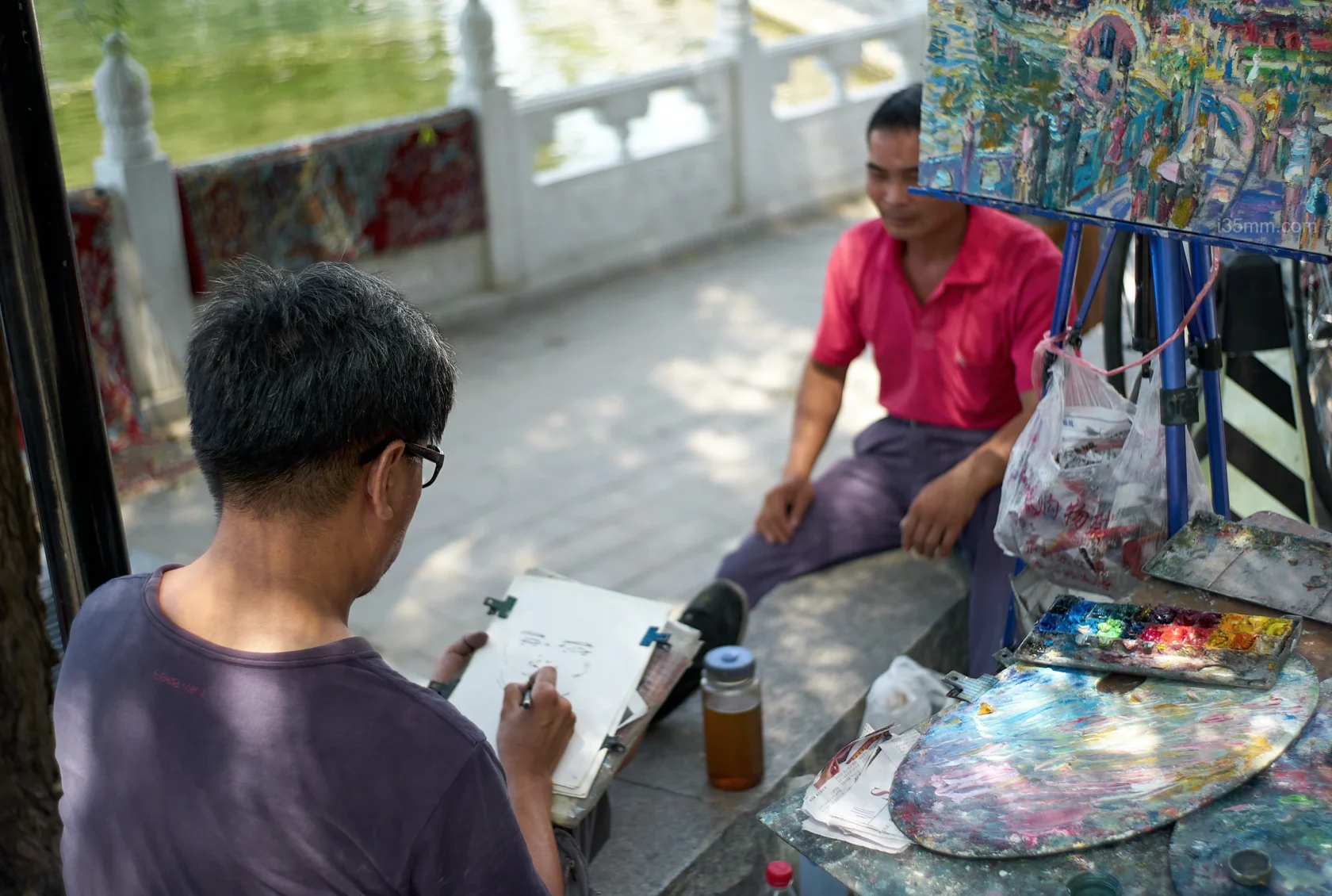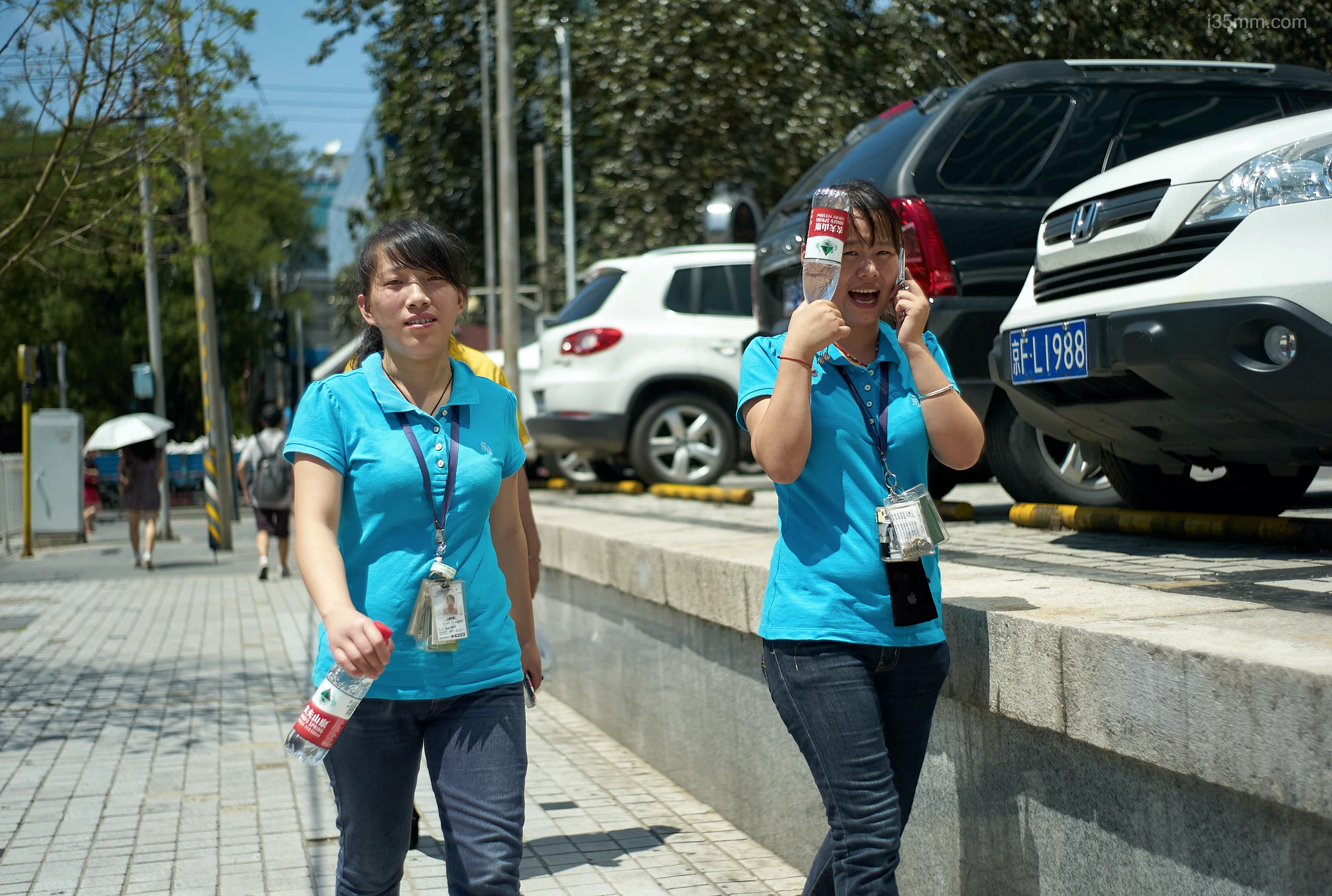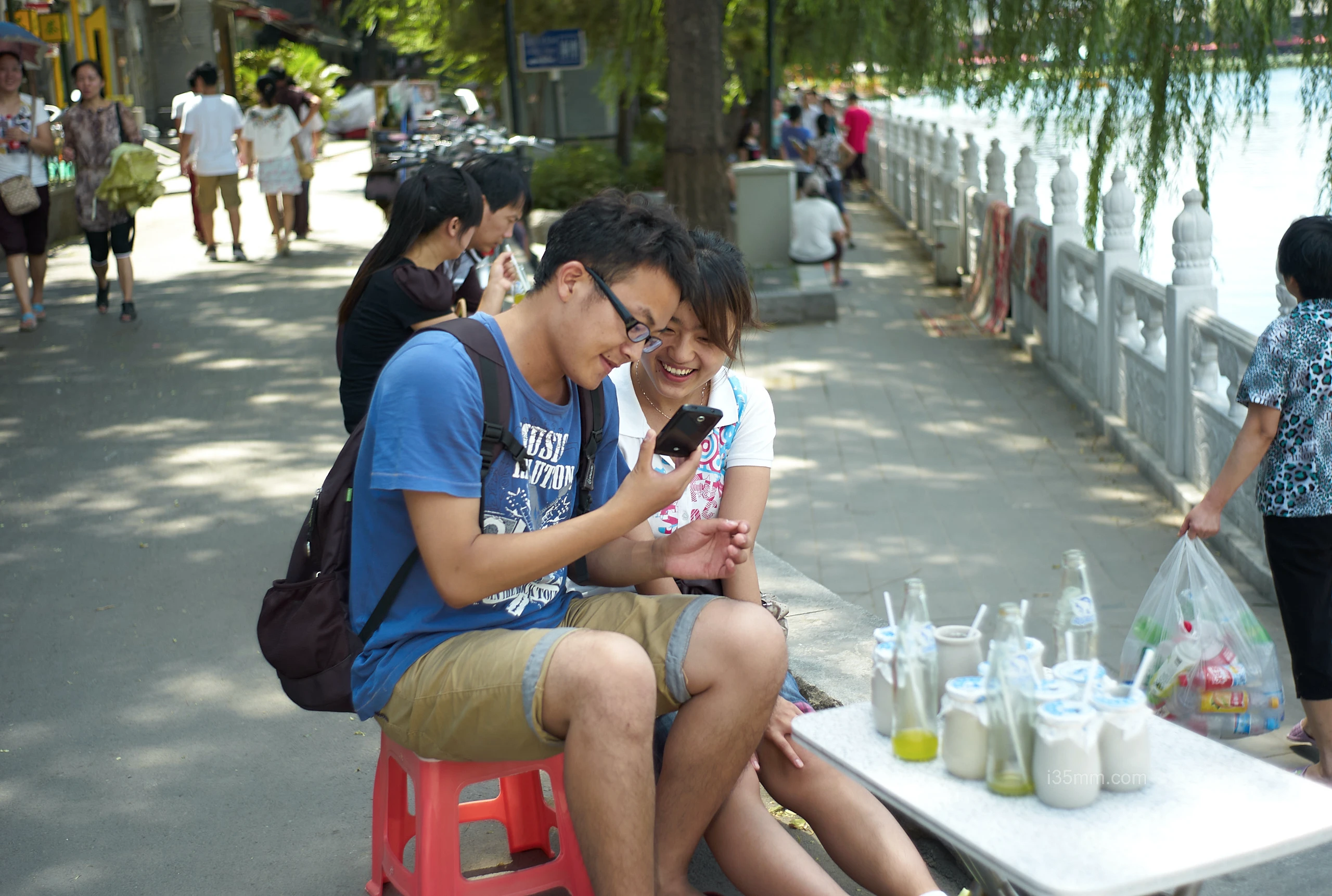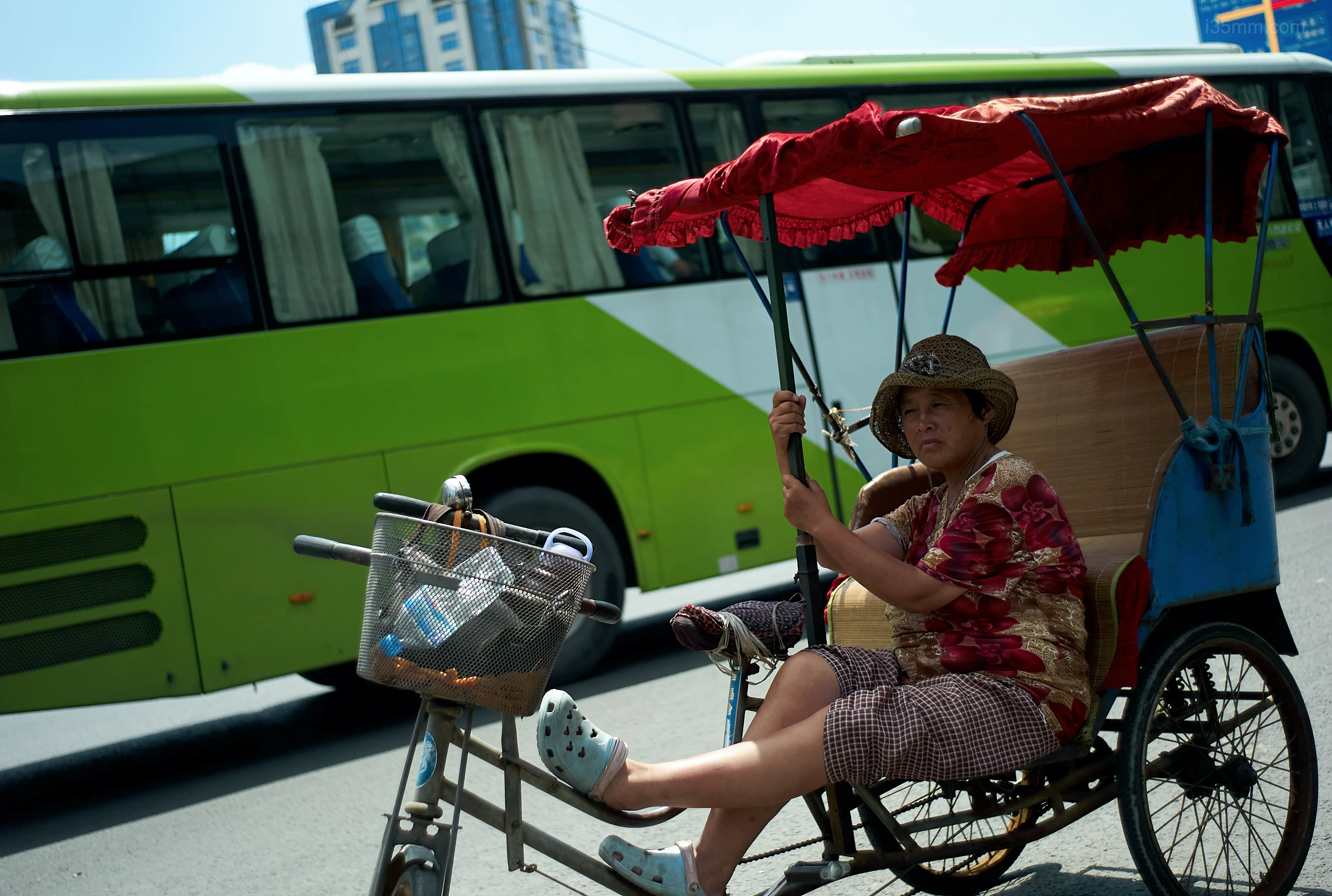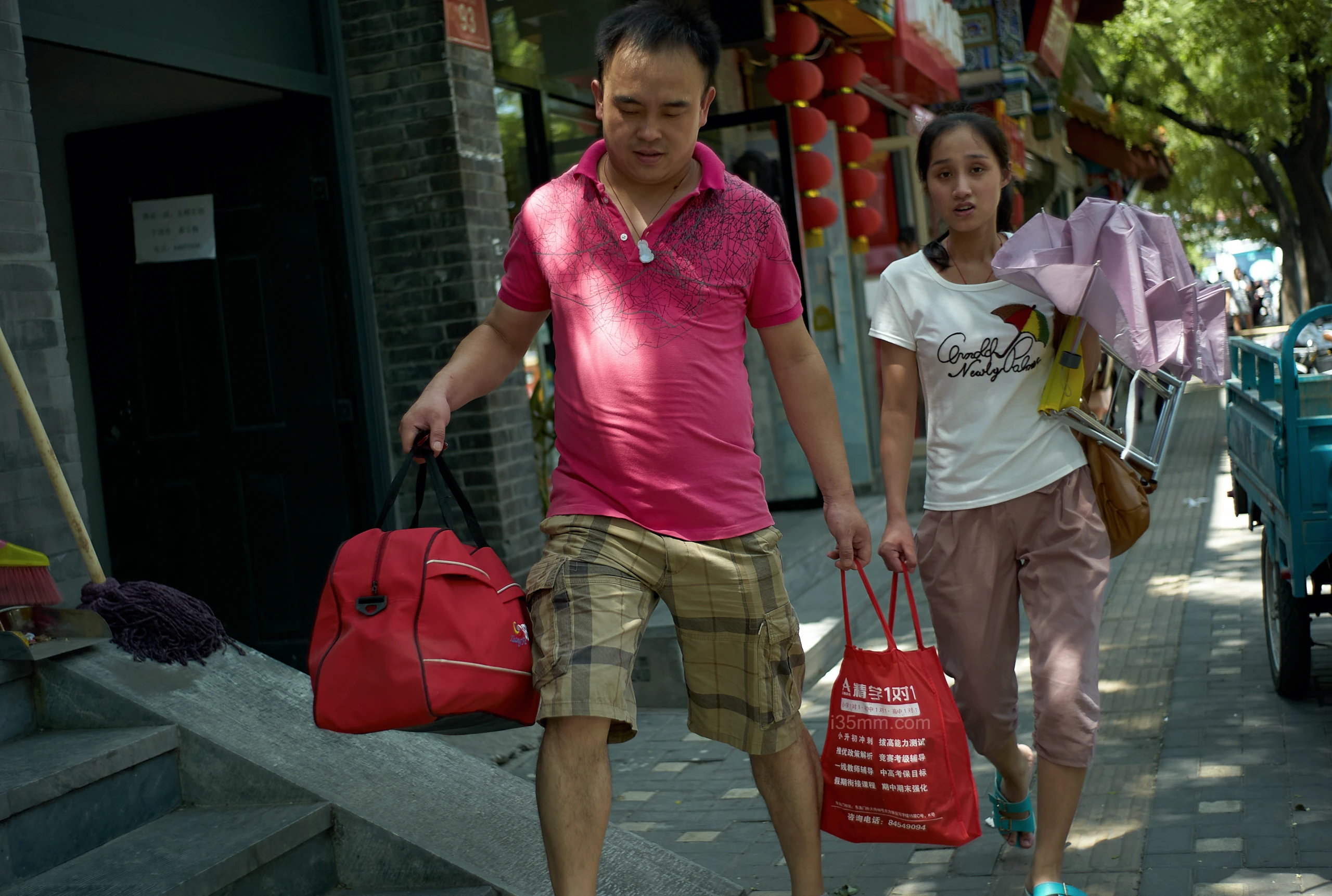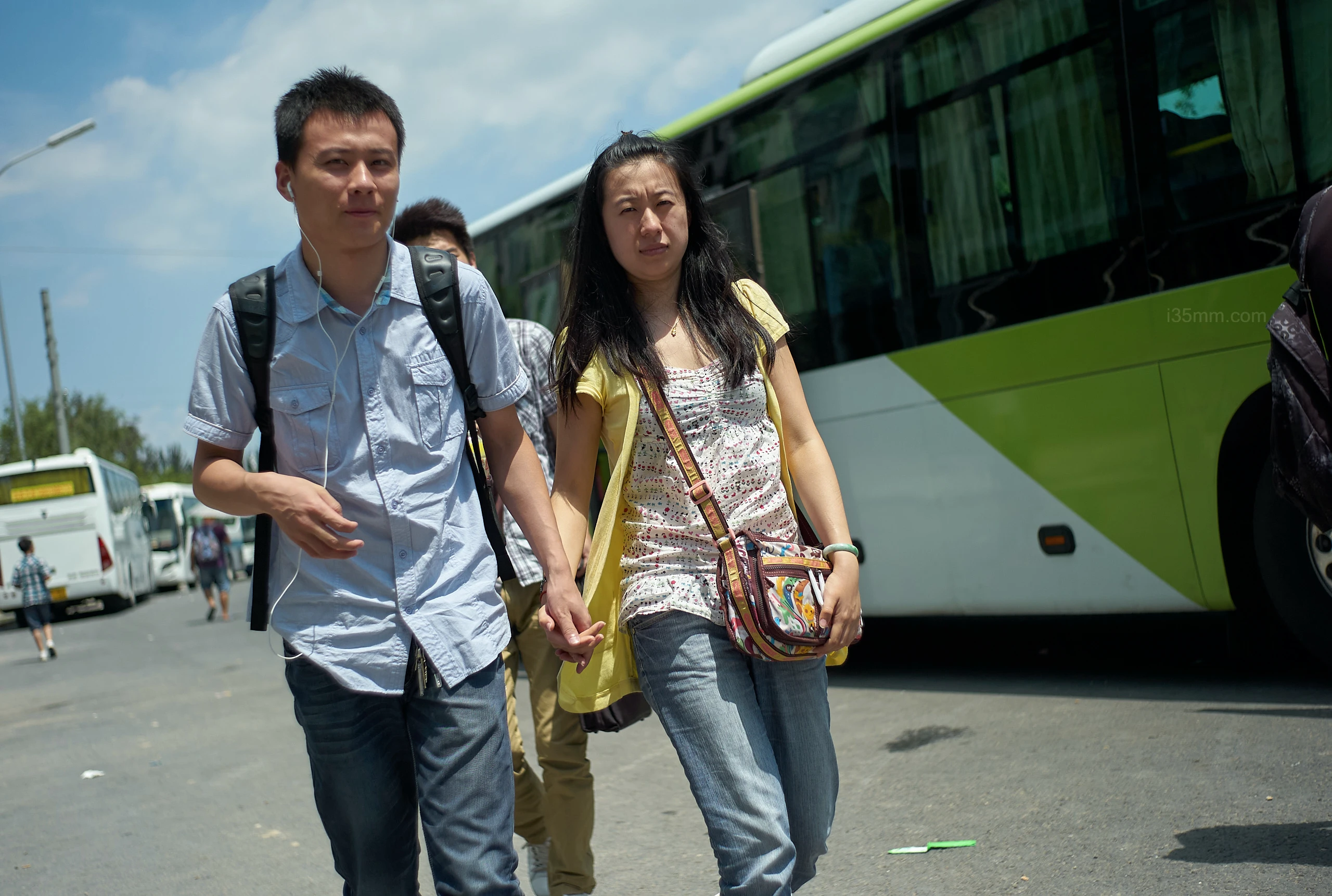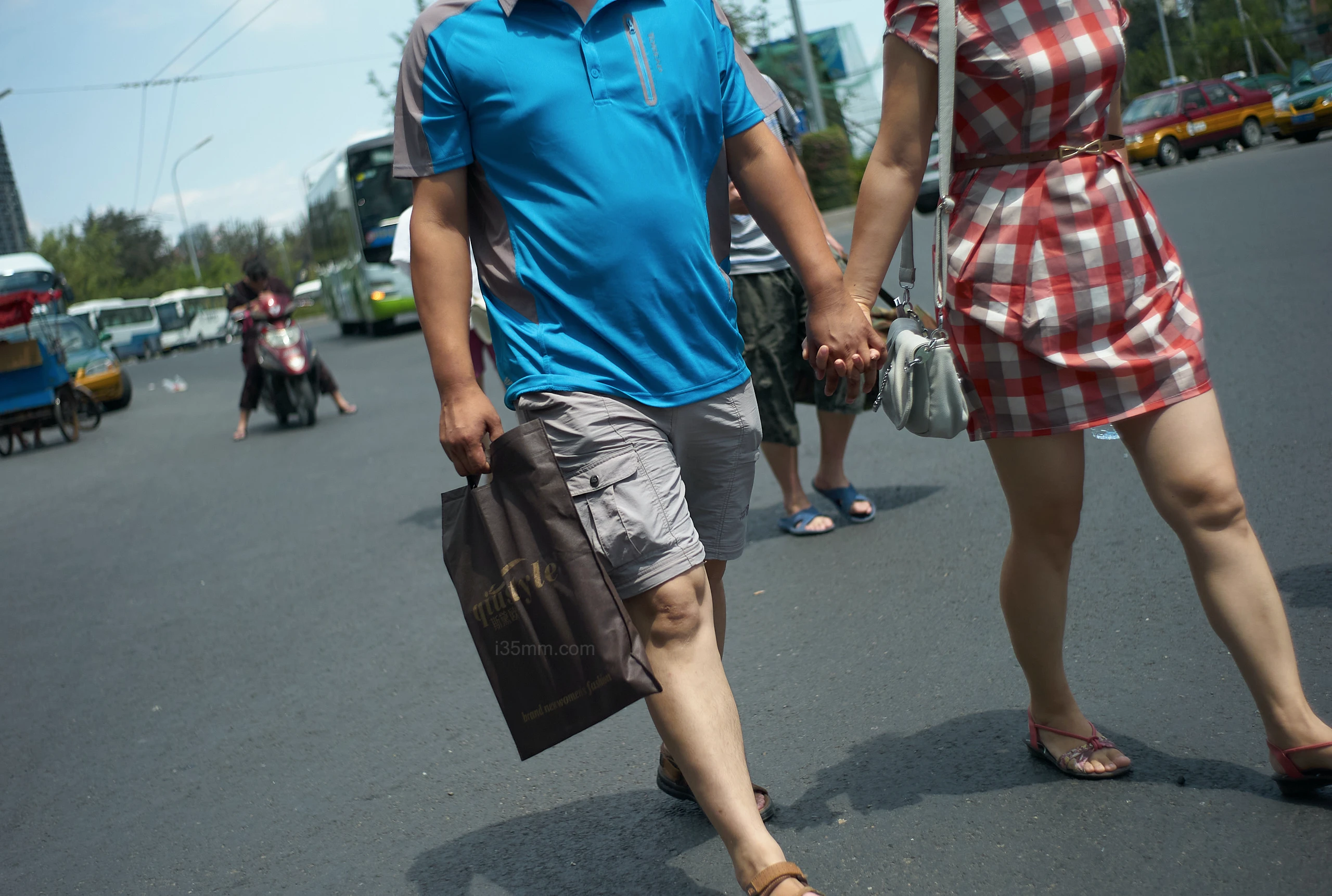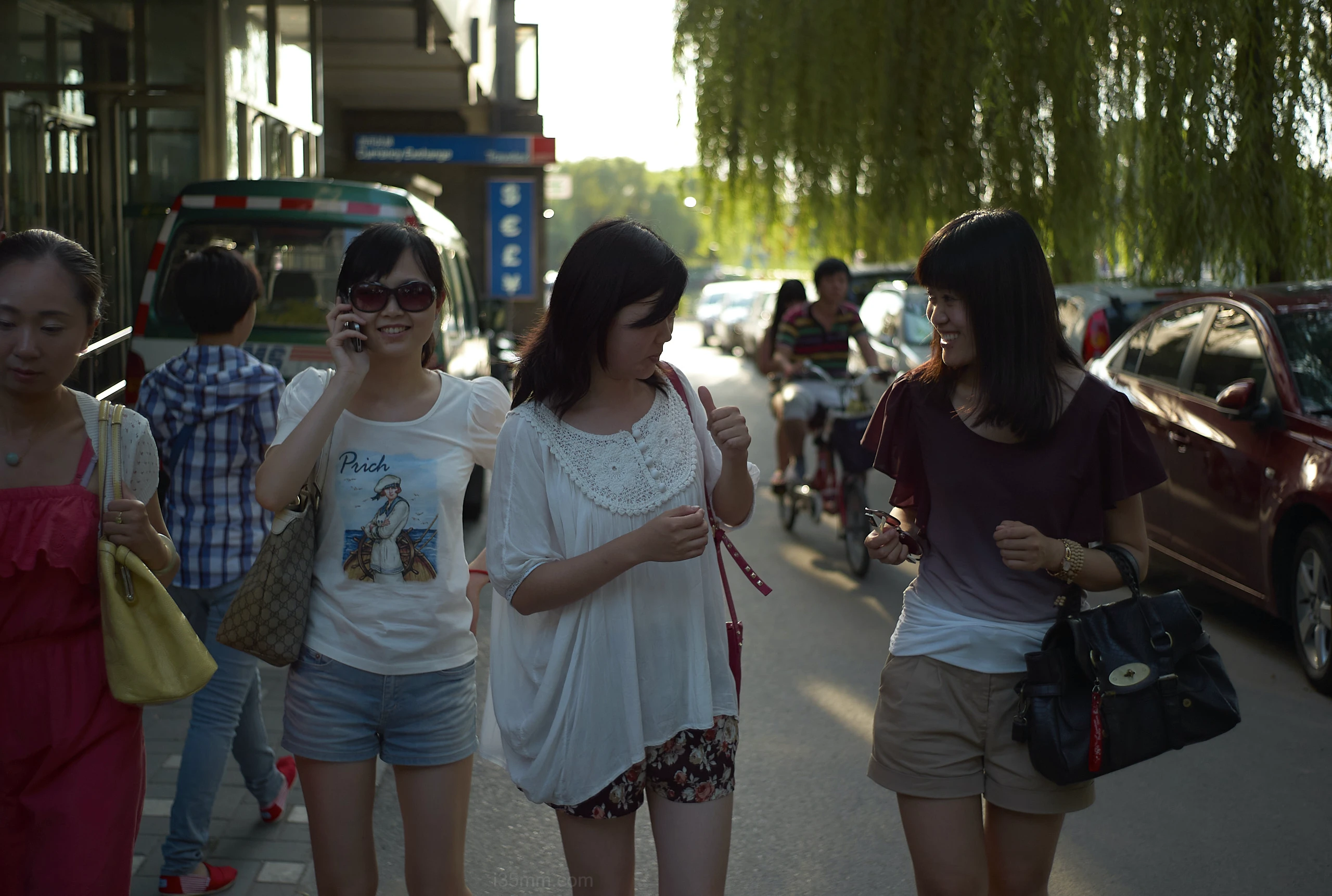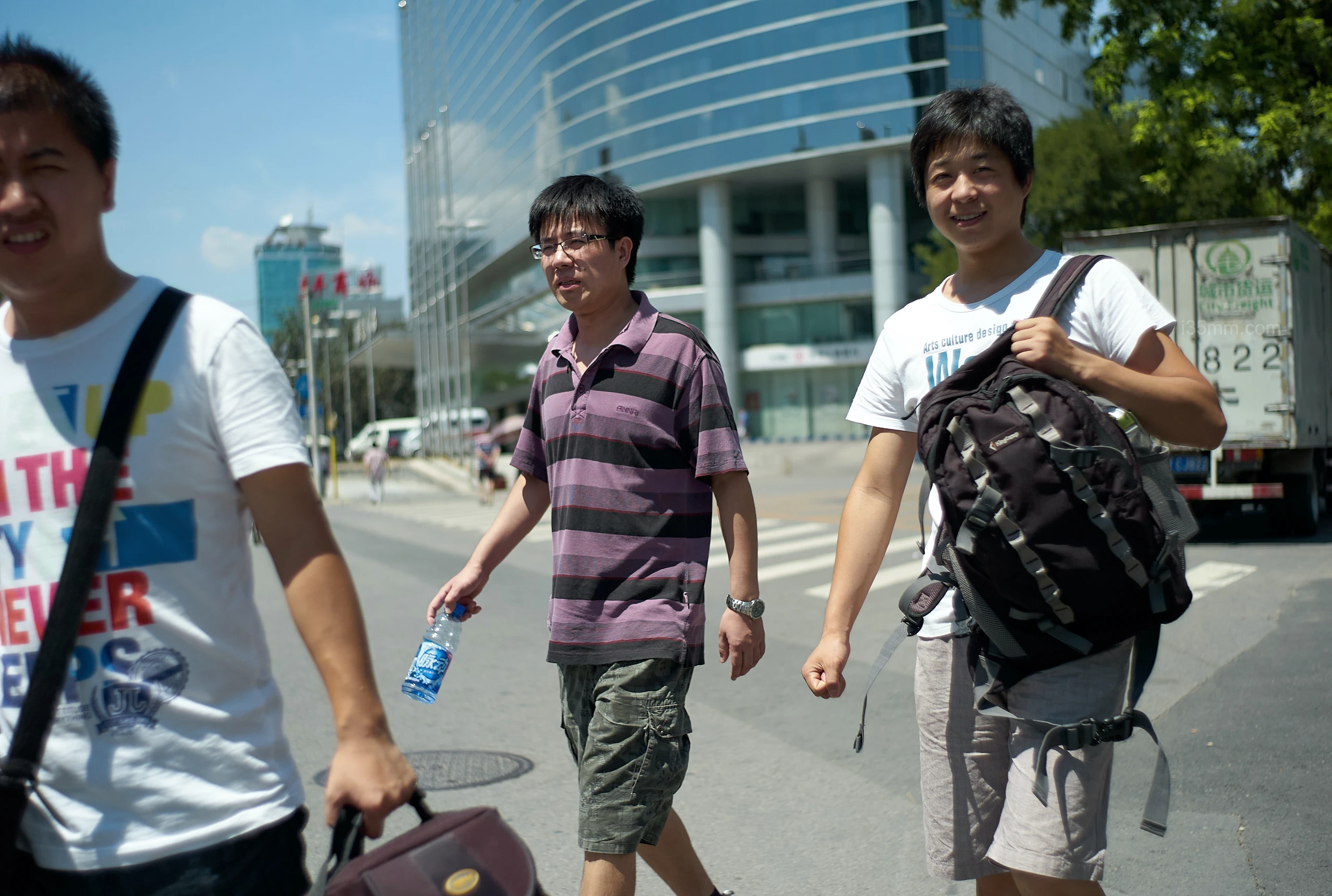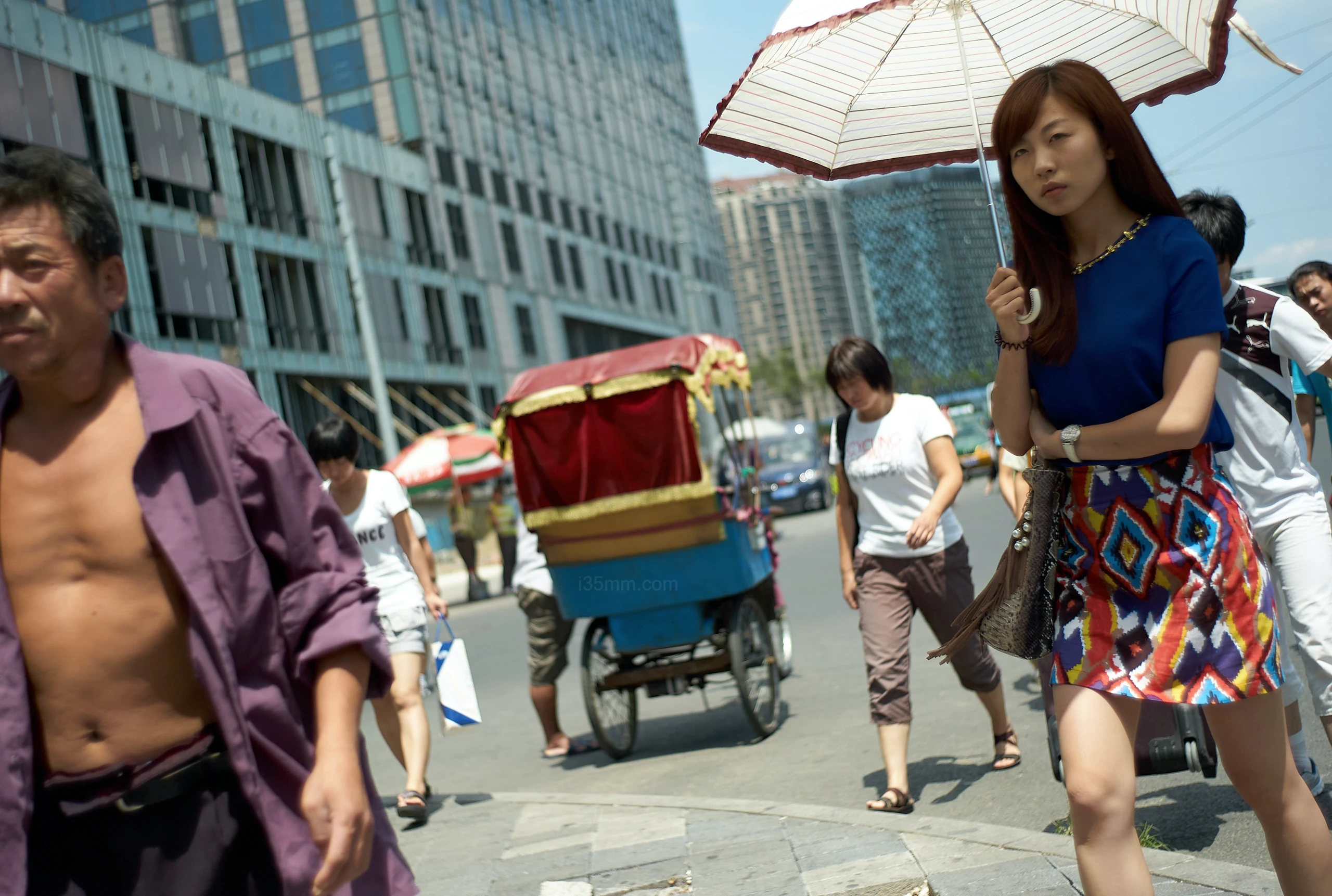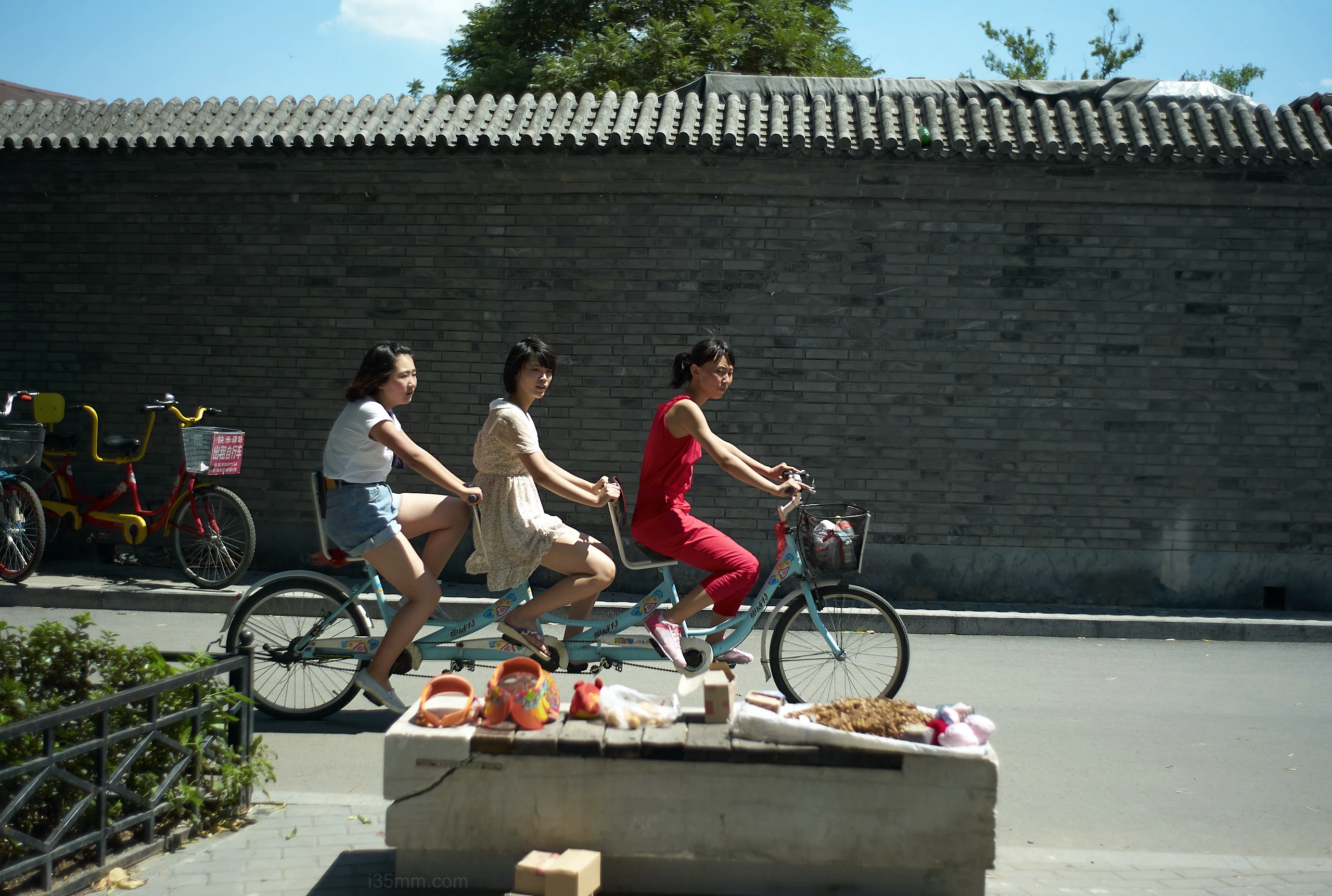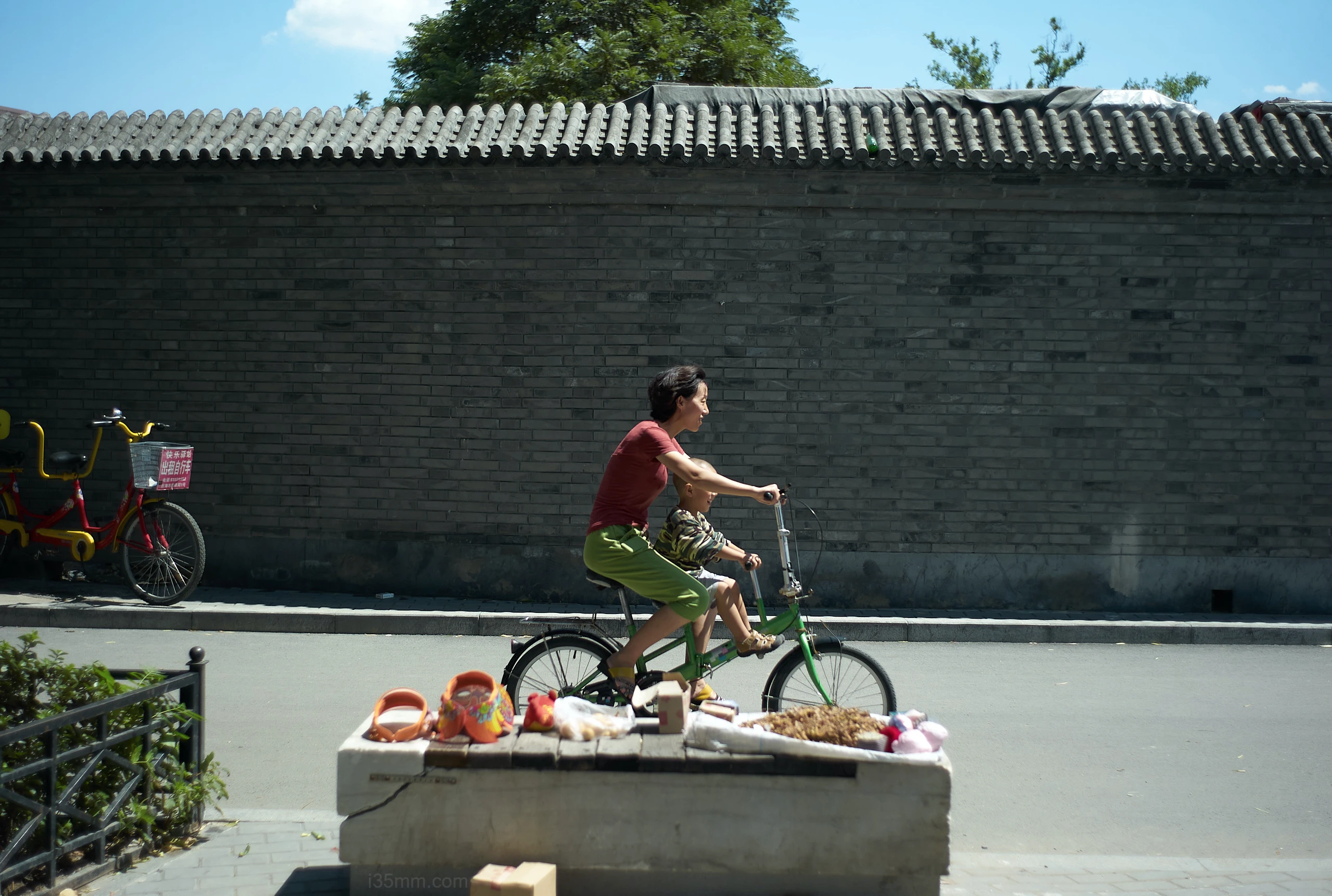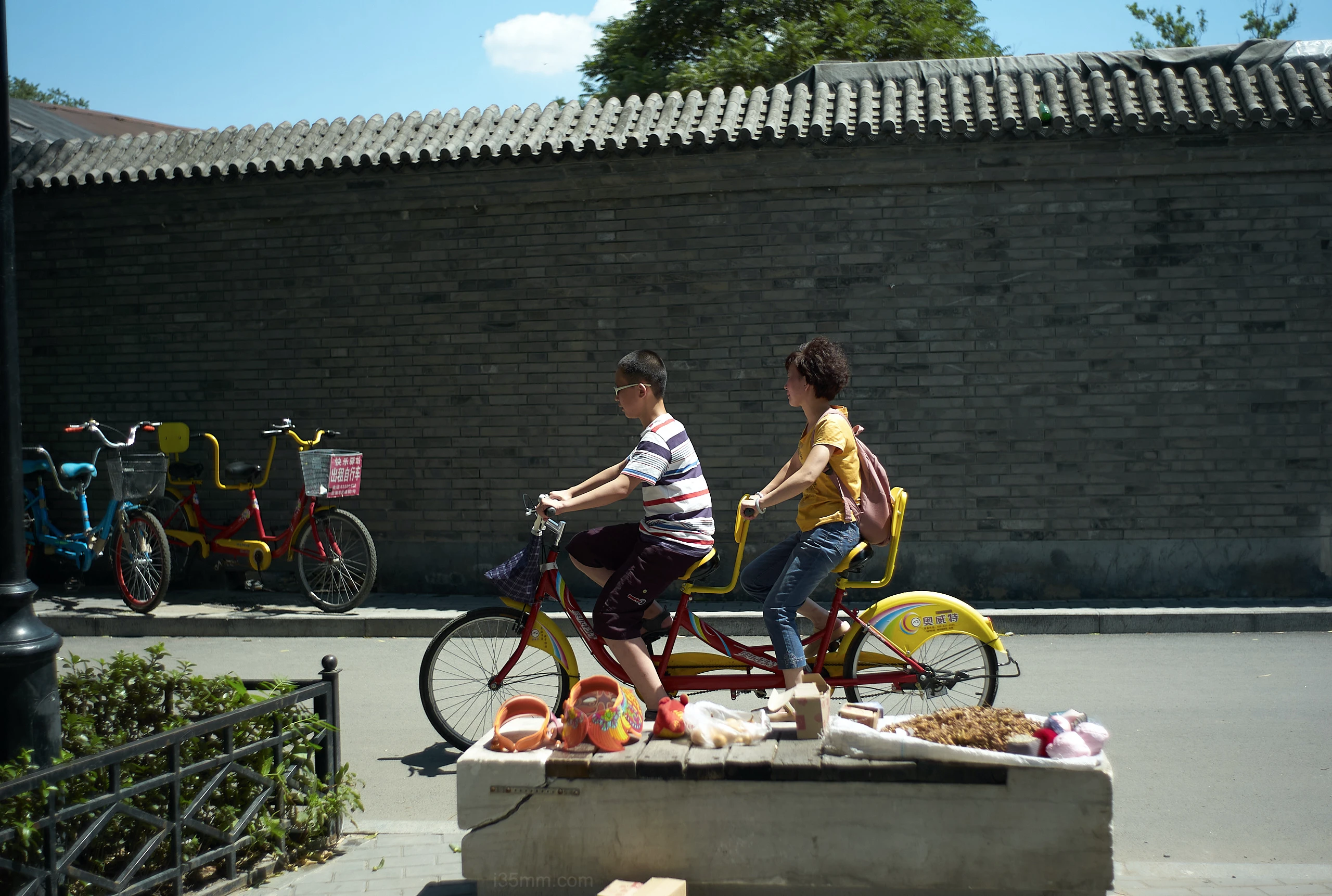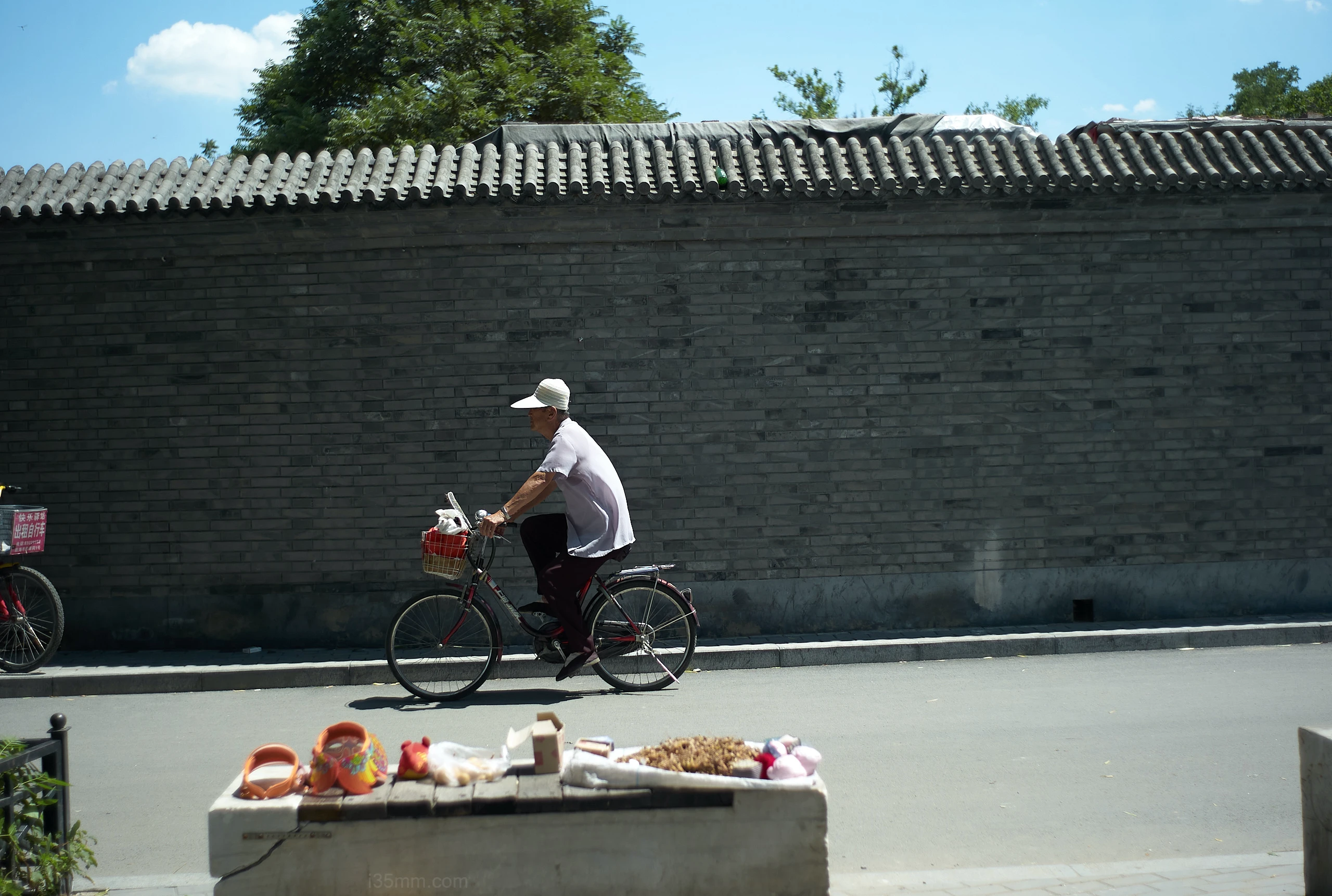Prologue: A Sip of Liquid Gold
Imagine if Monet’s Impression, Sunrise were distilled into glass. The 1980–1998 Leica Summicron-M 35mm f/2 7-Element (aka Seven Sisters) is photography’s answer to a perfectly aged Bordeaux—complex, warm, and steeped in nostalgia. Priced between 3,500–3,500–7,000 (2025 USD), this 255g brass-and-glass marvel doesn’t just capture light; it bottles sunlight itself.
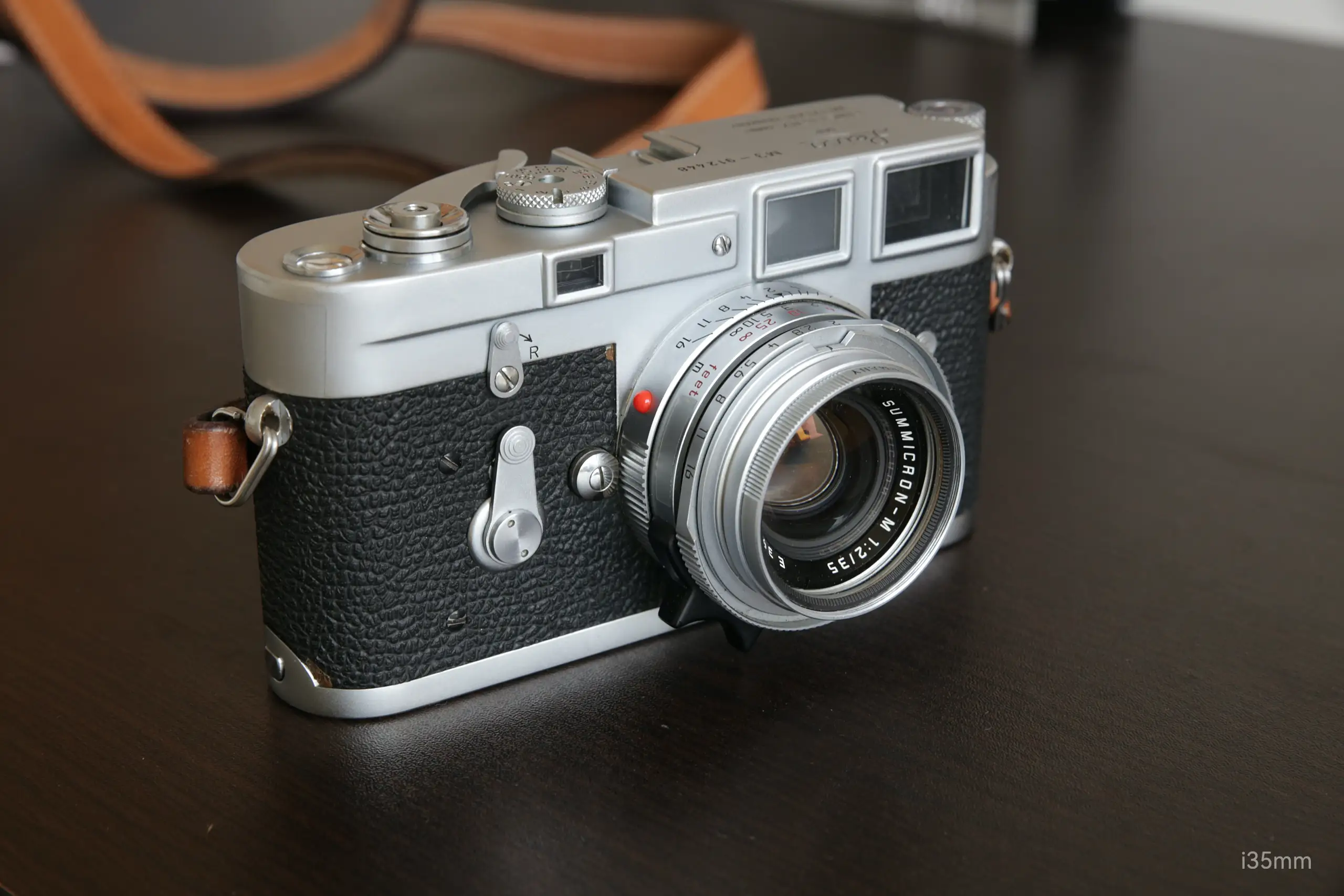
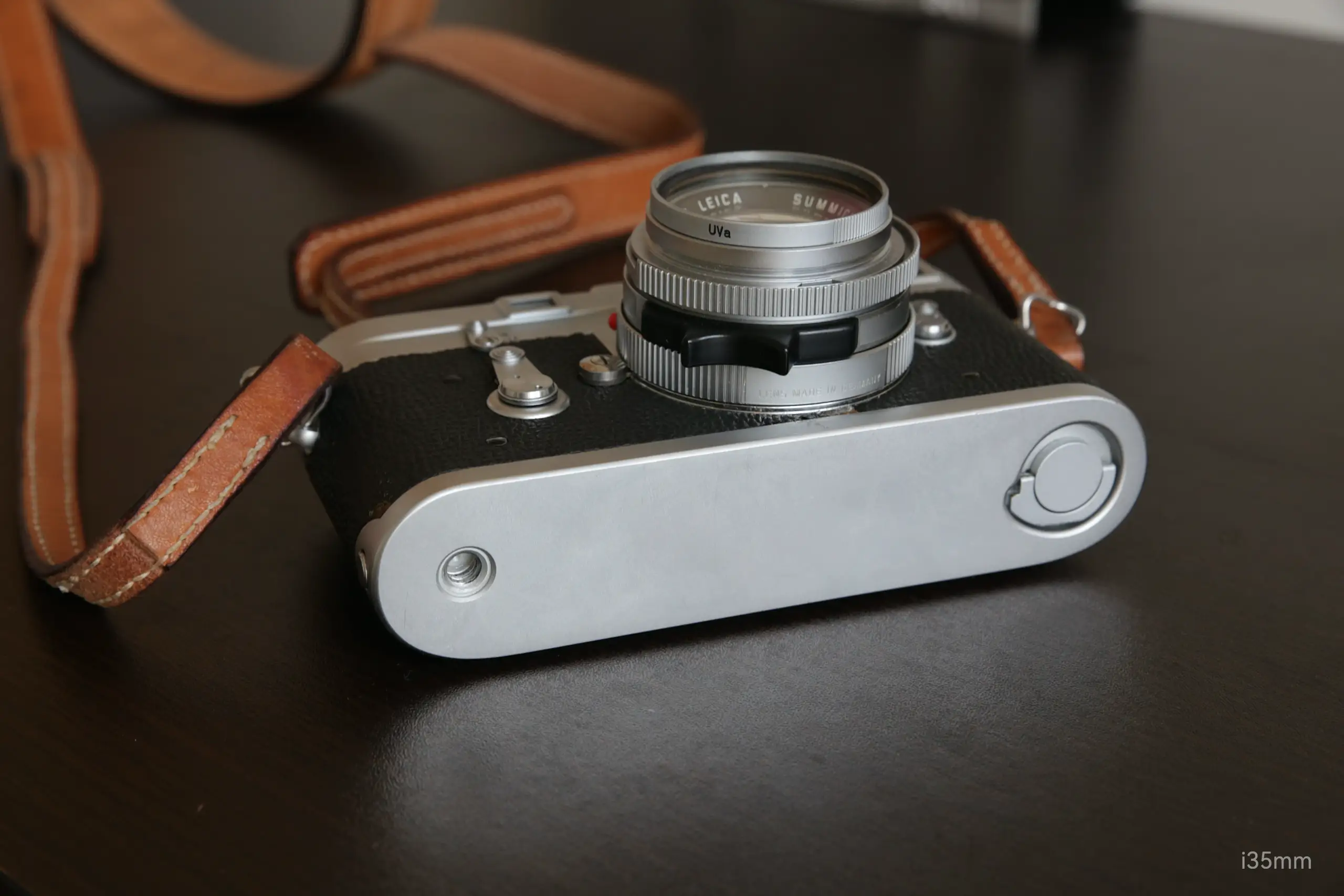
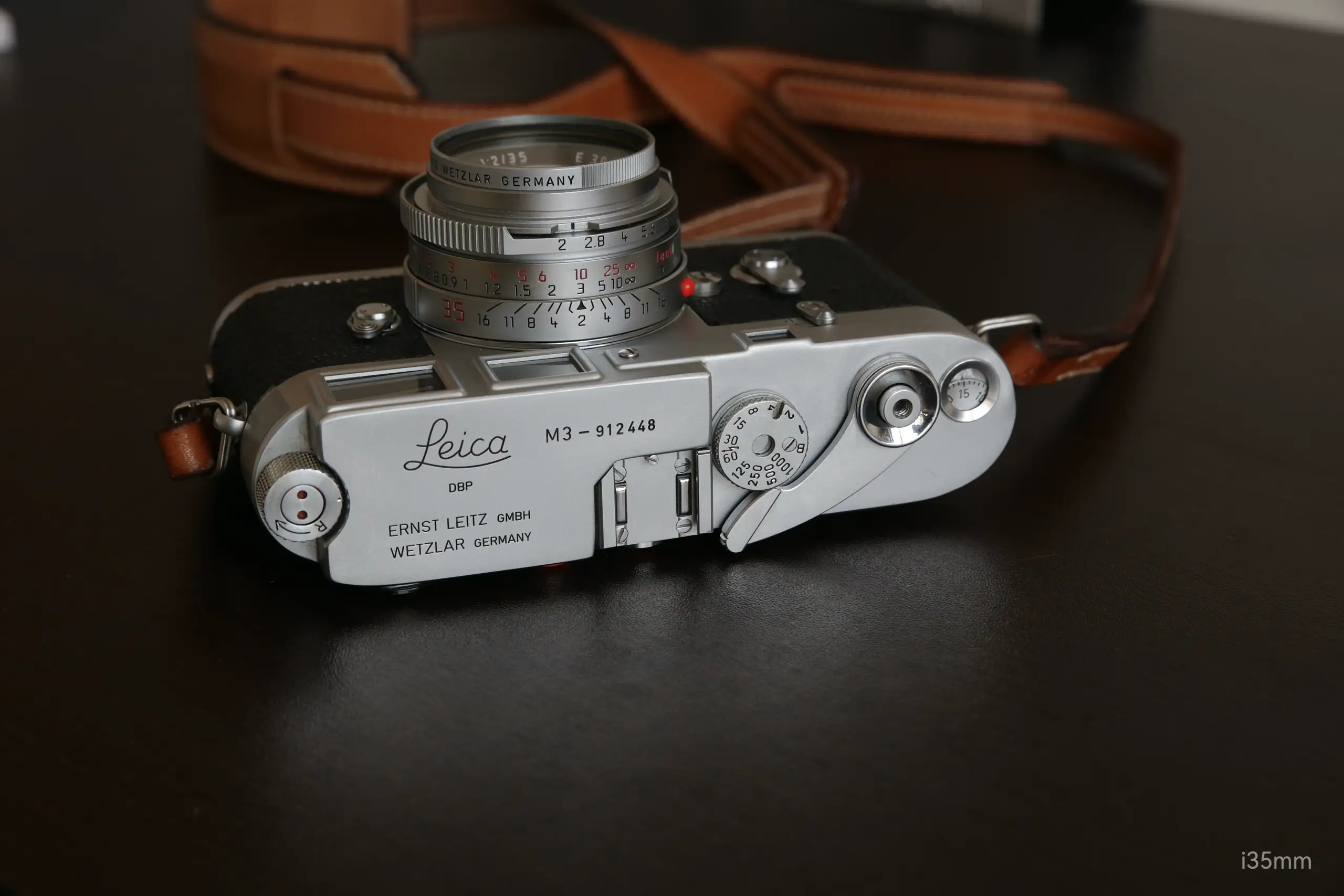
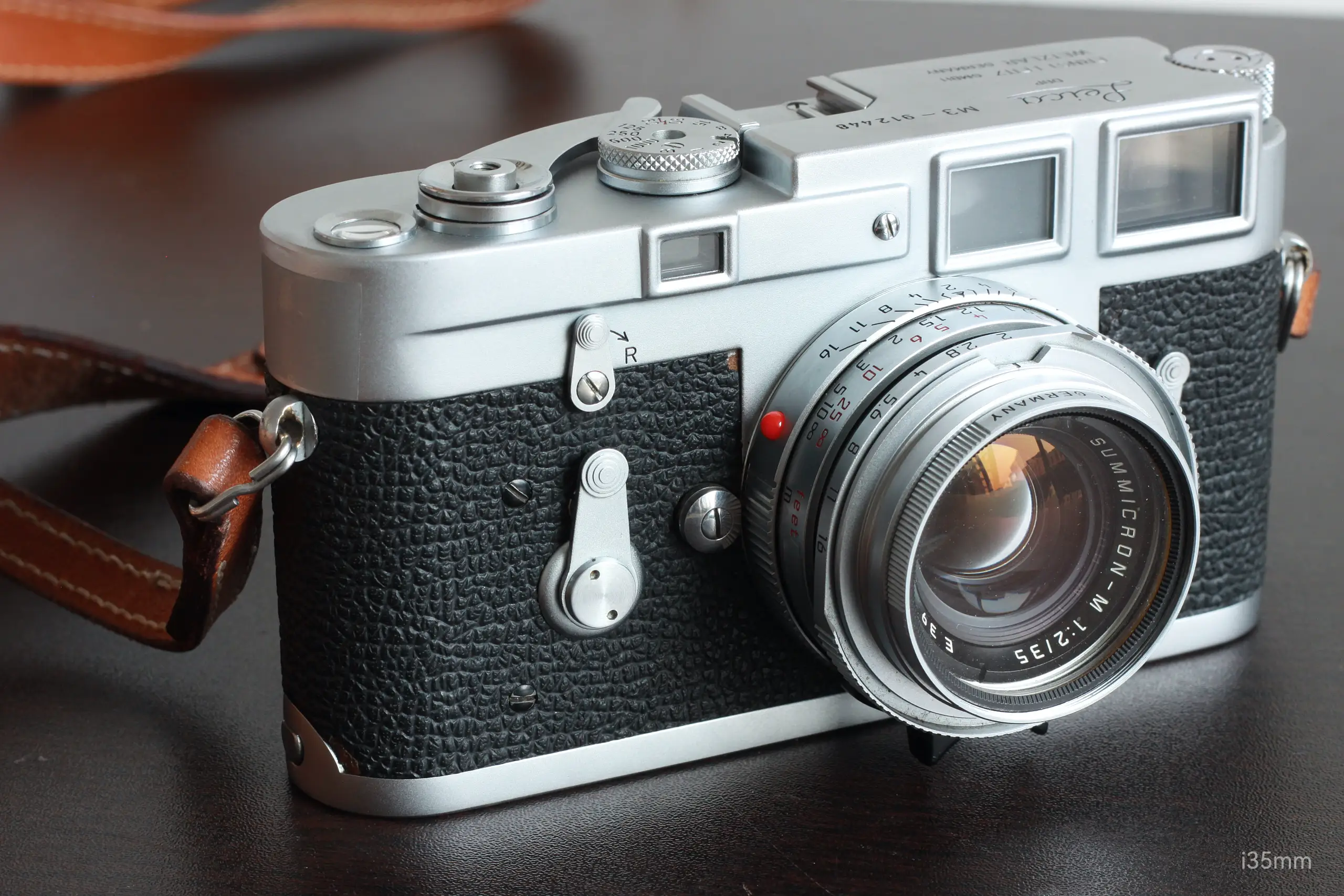
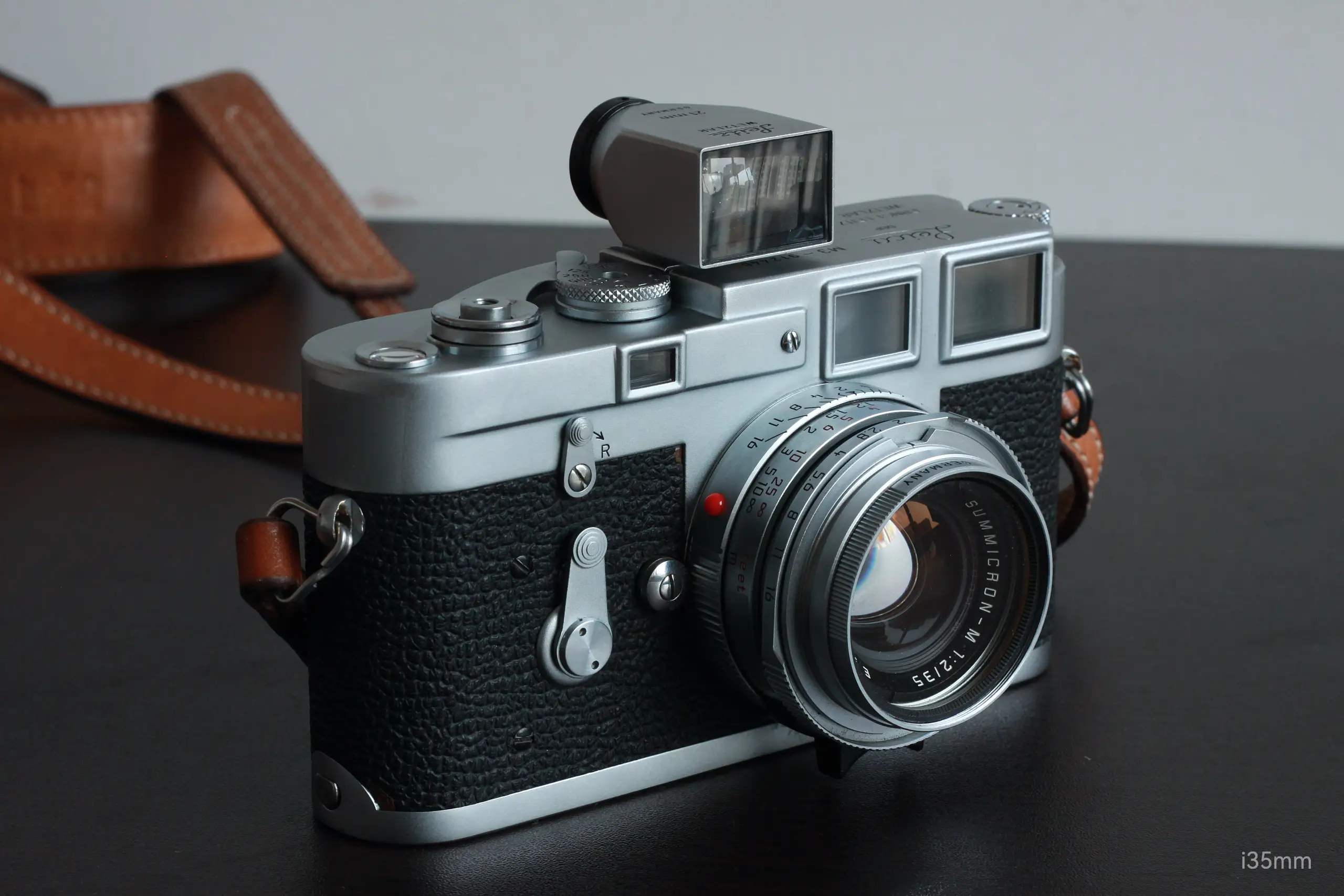
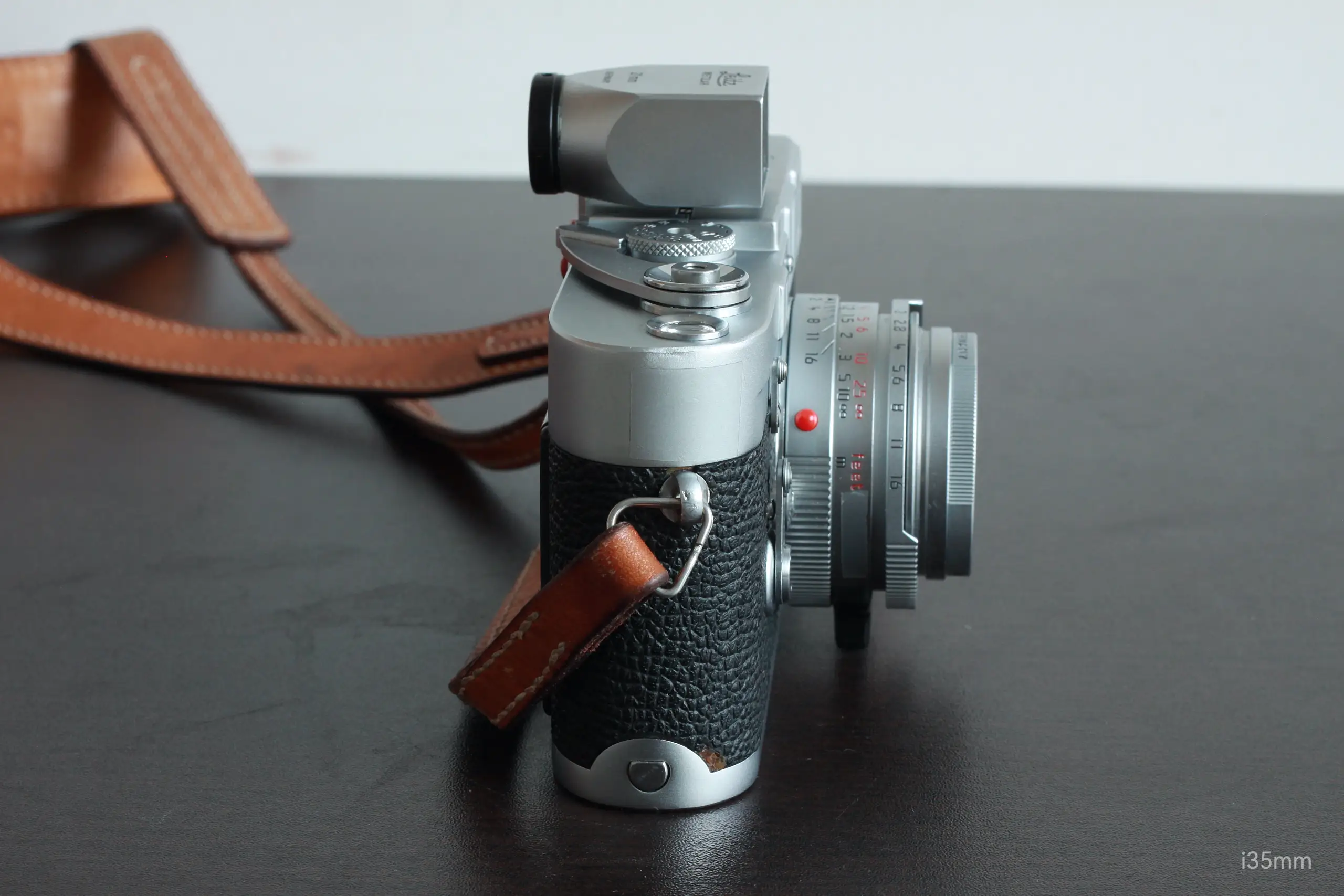
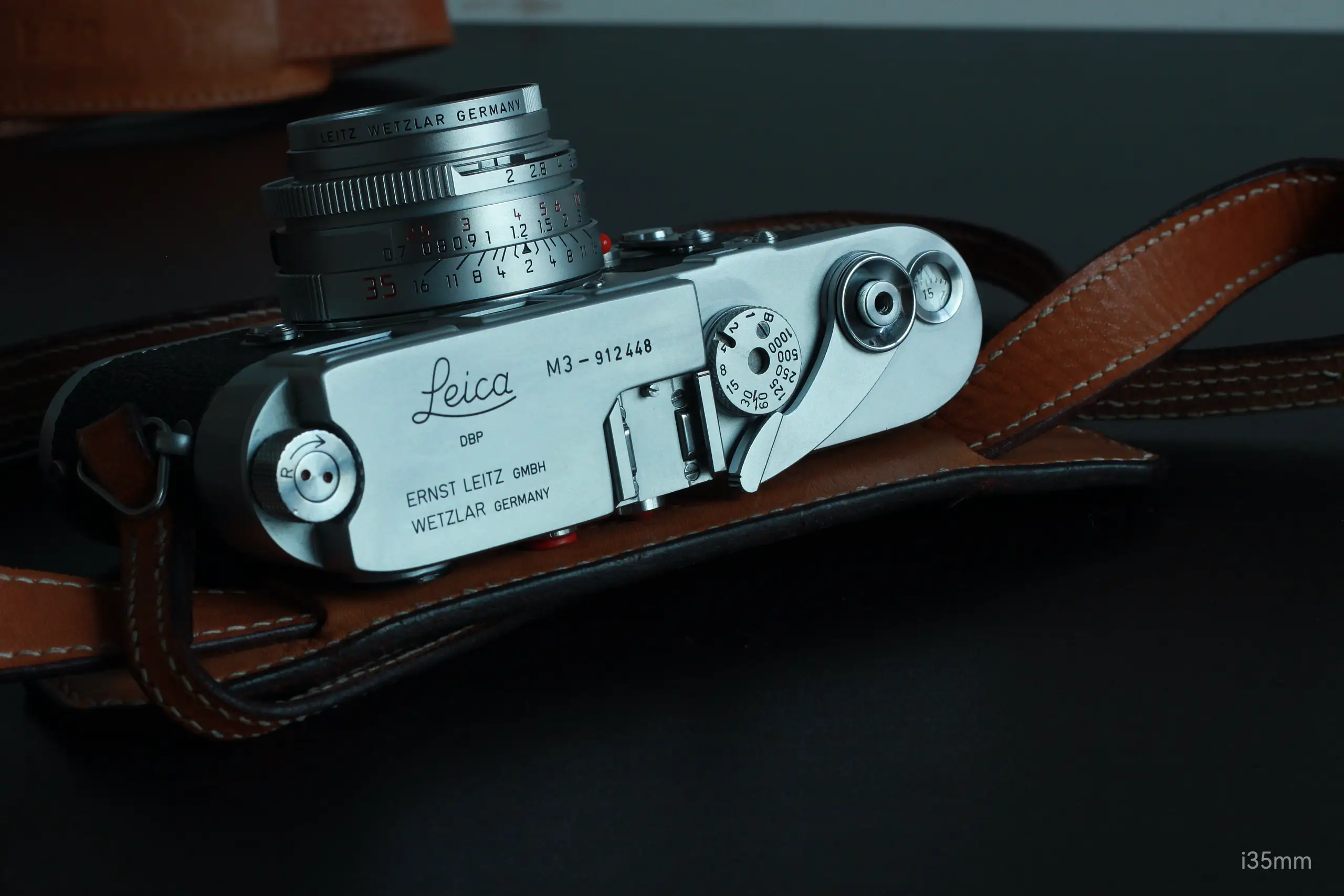
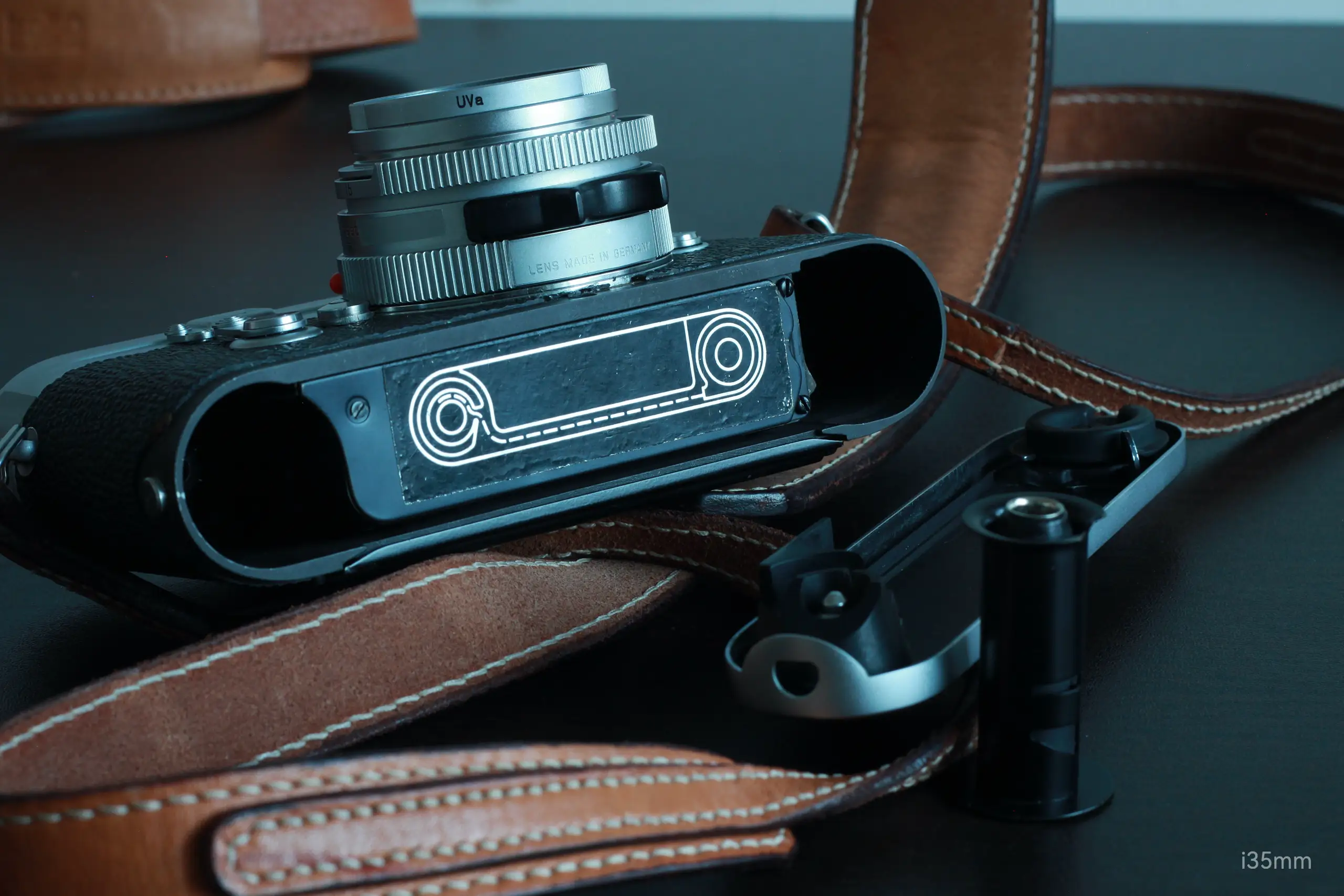
Design: Swiss Watchmaker’s Muse
- Tactile Alchemy
- Focus Tab: Slides like a Rolls-Royce gearshift—smooth, weighted, addictive.
- Aperture Clicks: Each click echoes a grandfather clock’s heartbeat, a relic of pre-digital craftsmanship.
- Two Flavors
- Black (Aluminum): Light as a Hemingway novella, stealthy on chrome M bodies.
- Silver (Brass): Dense as Tolstoy’s War and Peace, aging like a Stradivarius.
Optical Poetry: Painting with Sunbeams
| Aspect | 7-Element | Modern ASPH |
|---|---|---|
| Sharpness | Hemingway’s prose—direct yet soulful | GPT-4 precision |
| Contrast | Morning fog over the Seine | High noon in Death Valley |
| Bokeh | Van Gogh’s Starry Night | IKEA lamp shade |
| Magic | ☀️☀️☀️☀️☀️ | 🤖 |
- f/2 Wide Open: A soft-focus dreamscape—sharp as a tiger’s gaze at the center, gentle as rose petals at the edges. (虎嗅蔷薇—“A tiger sniffing roses”, symbolizing power tempered by grace*)
- f/5.6–f/8: Reveals Ansel Adams-level microcontrast. Dust on your M11’s sensor? Call it “free film grain.”
Street Photography: The Silent Dancer
- Blind Shooting Zen
- Zone focus at 2 meters, f/2—capture fleeting moments like a jazz drummer catching the beat.
- Black & White Sorcery
- Tri-X film + 7-Element = Cartier-Bresson’s ghost high-fiving Daido Moriyama. Shadows dissolve like ink wash paintings (水墨画), highlights glow like rice paper.
- Color Alchemy
- Renders sunlight as buttery as a Vermeer portrait. Skin tones? Think honey drizzled on marble.
The “Bokeh King” Paradox
Modern lenses serve bokeh like fast food—predictable, uniform. The 7-Element? It’s a Michelin-starred tasting menu:
- Progressive Bokeh: Backgrounds melt from crisp to creamy, creating 3D pop.
- Flaws as Virtues: Slight swirls and “imperfections” add je ne sais quoi—like vinyl crackle in a Spotify world.
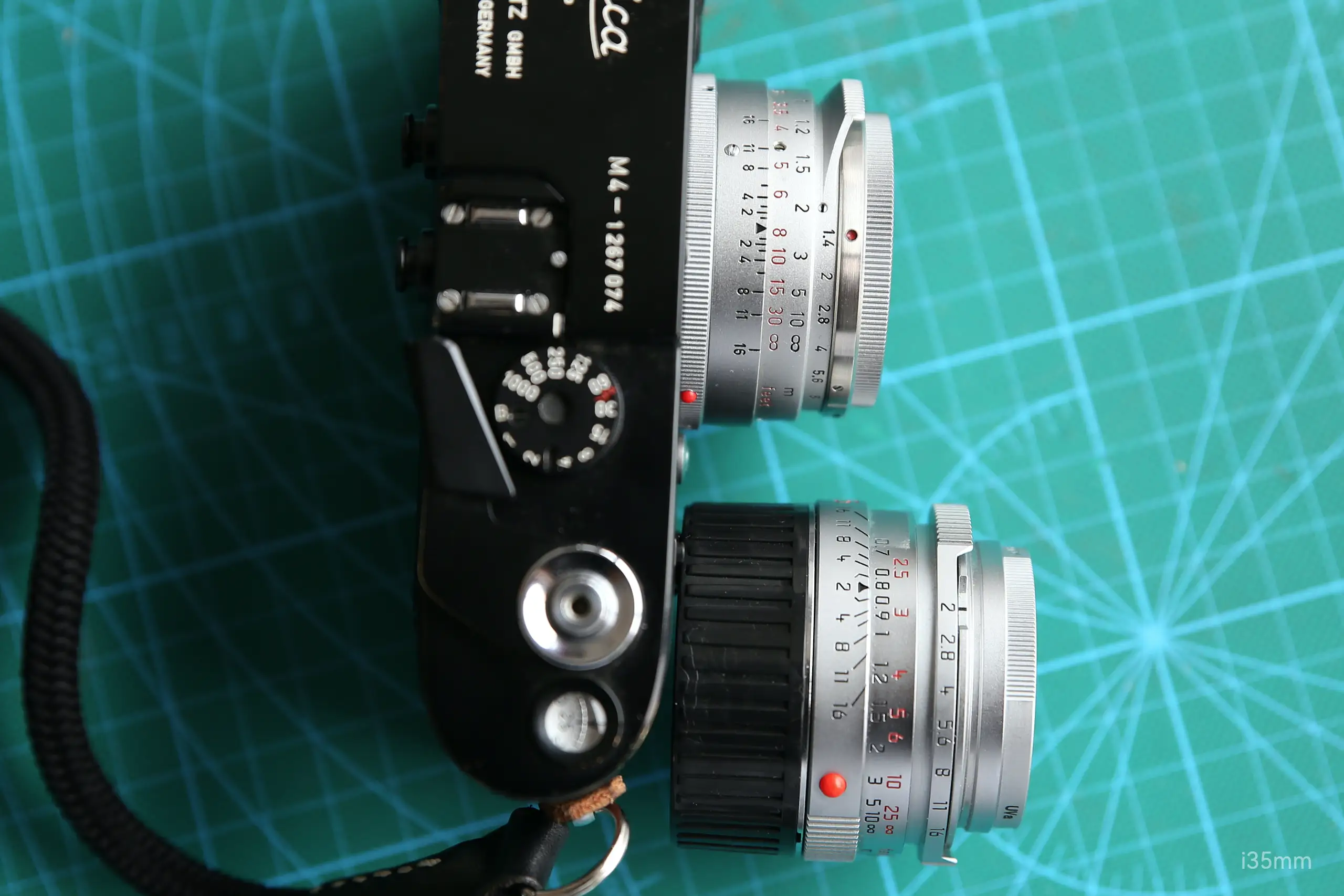
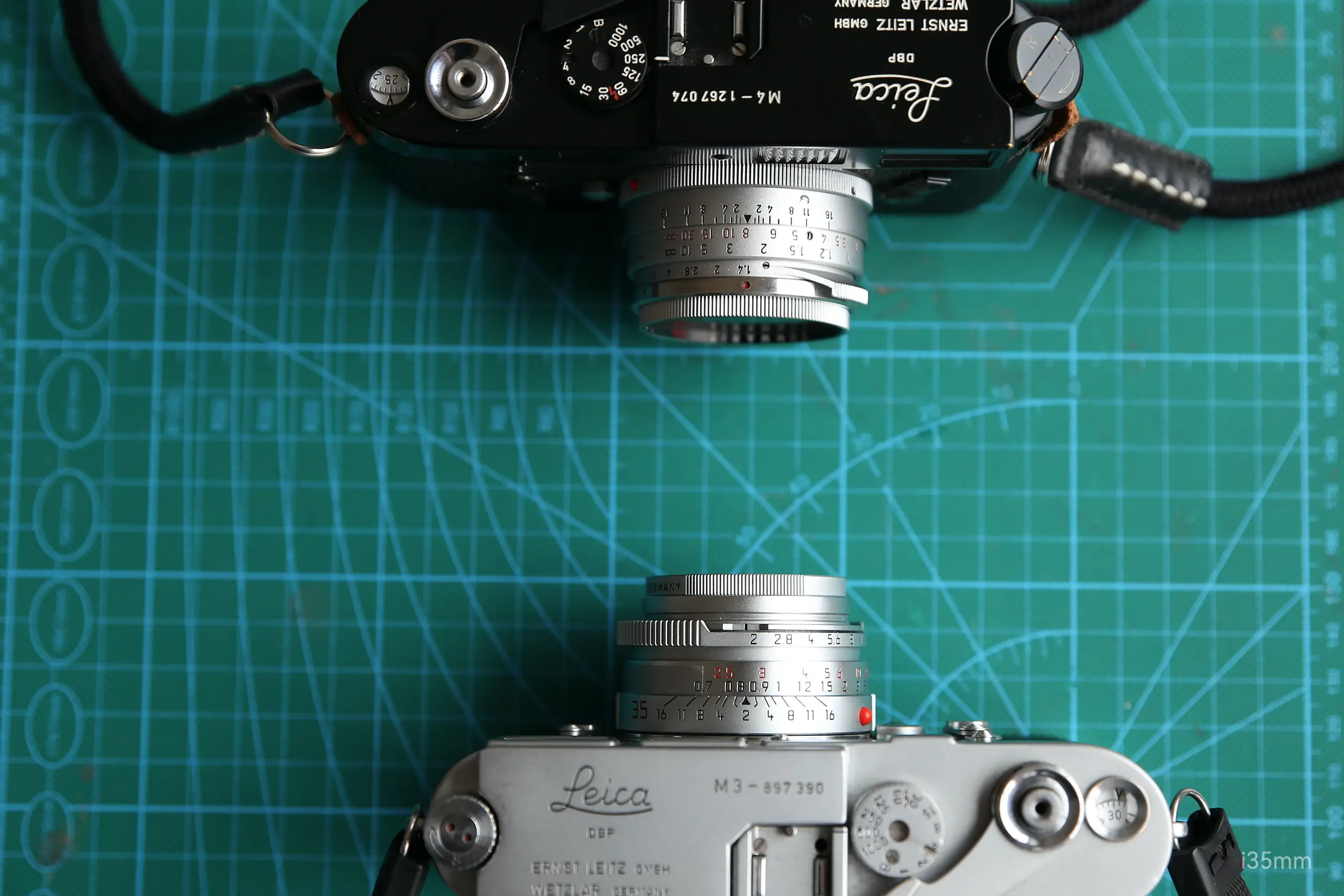
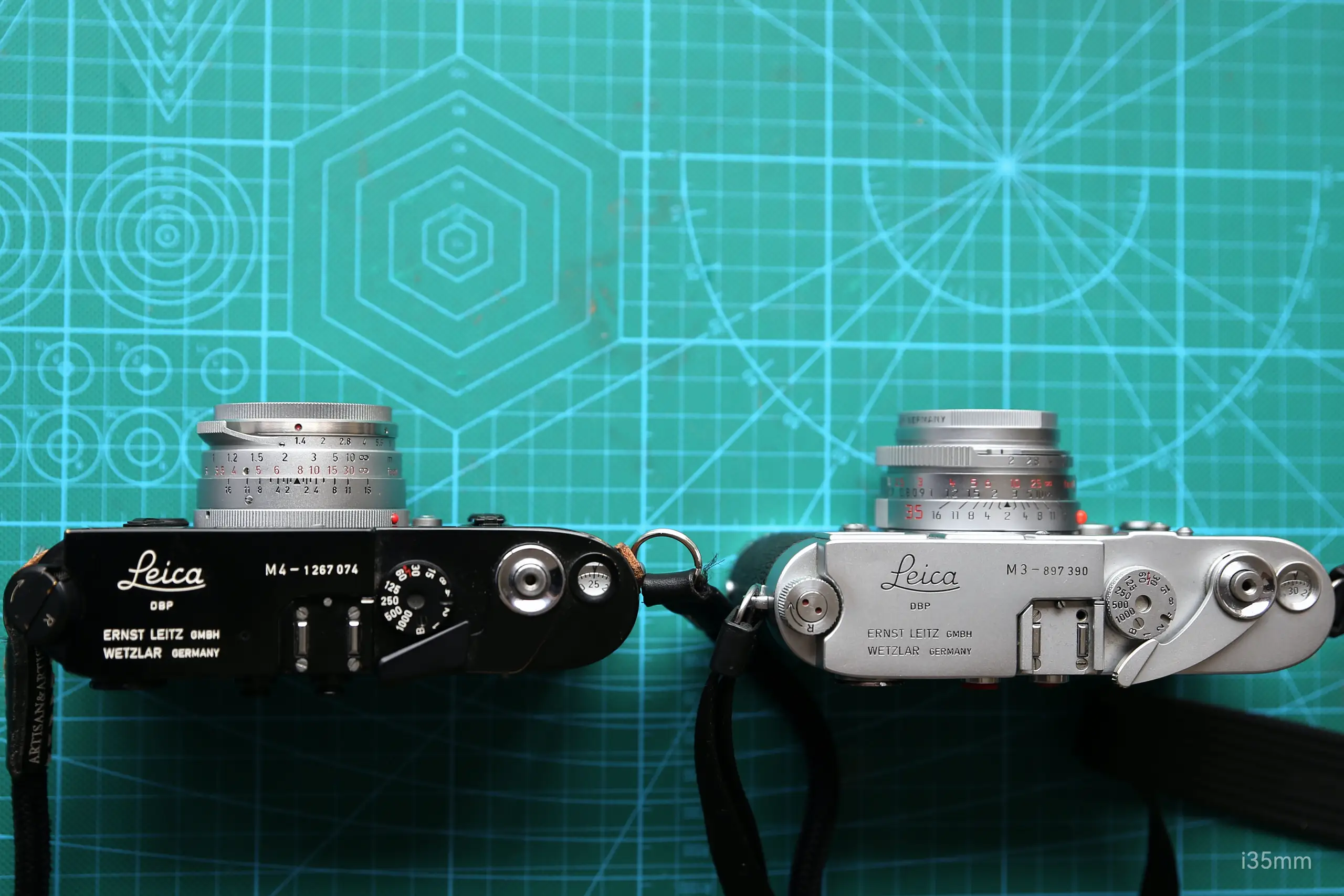
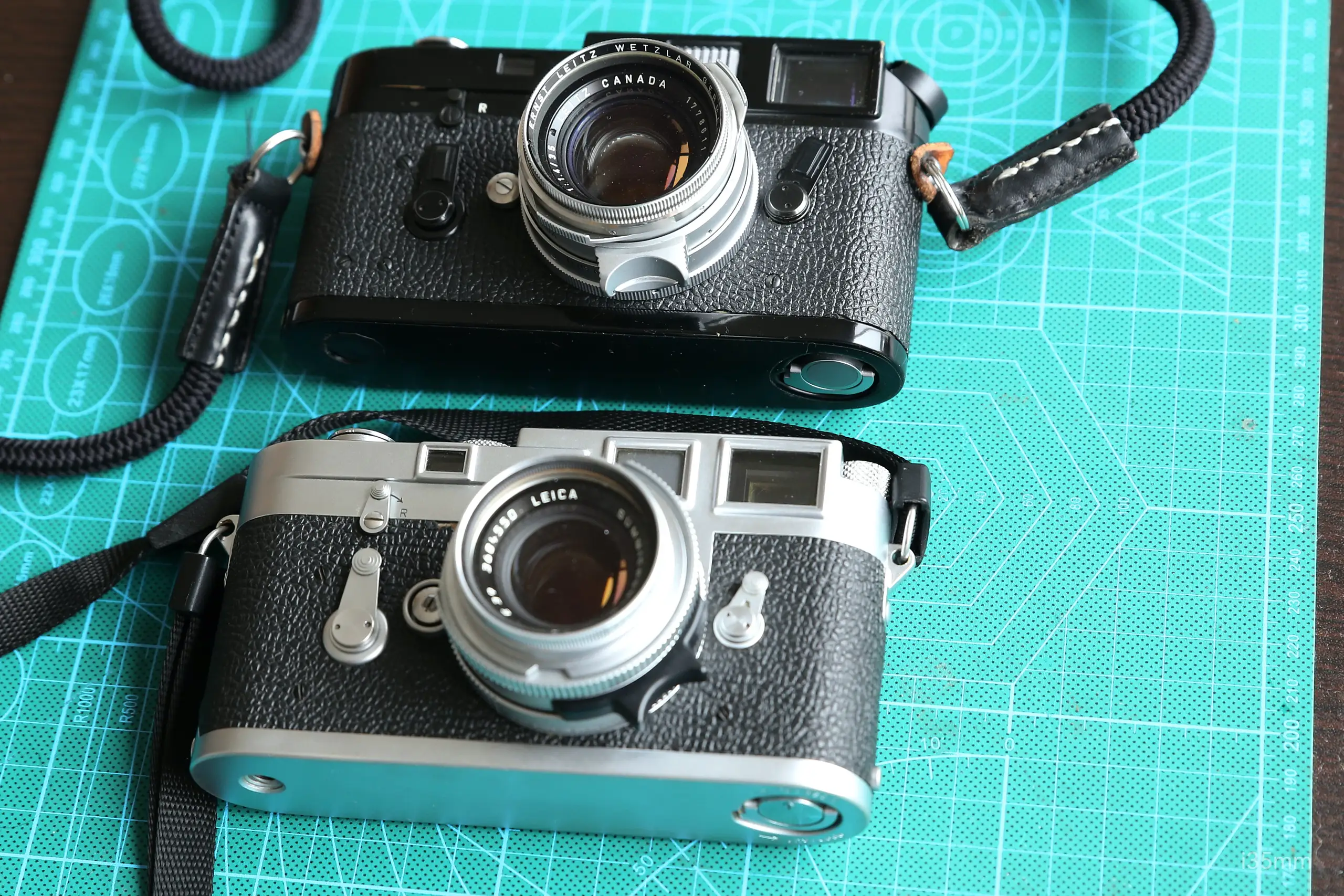
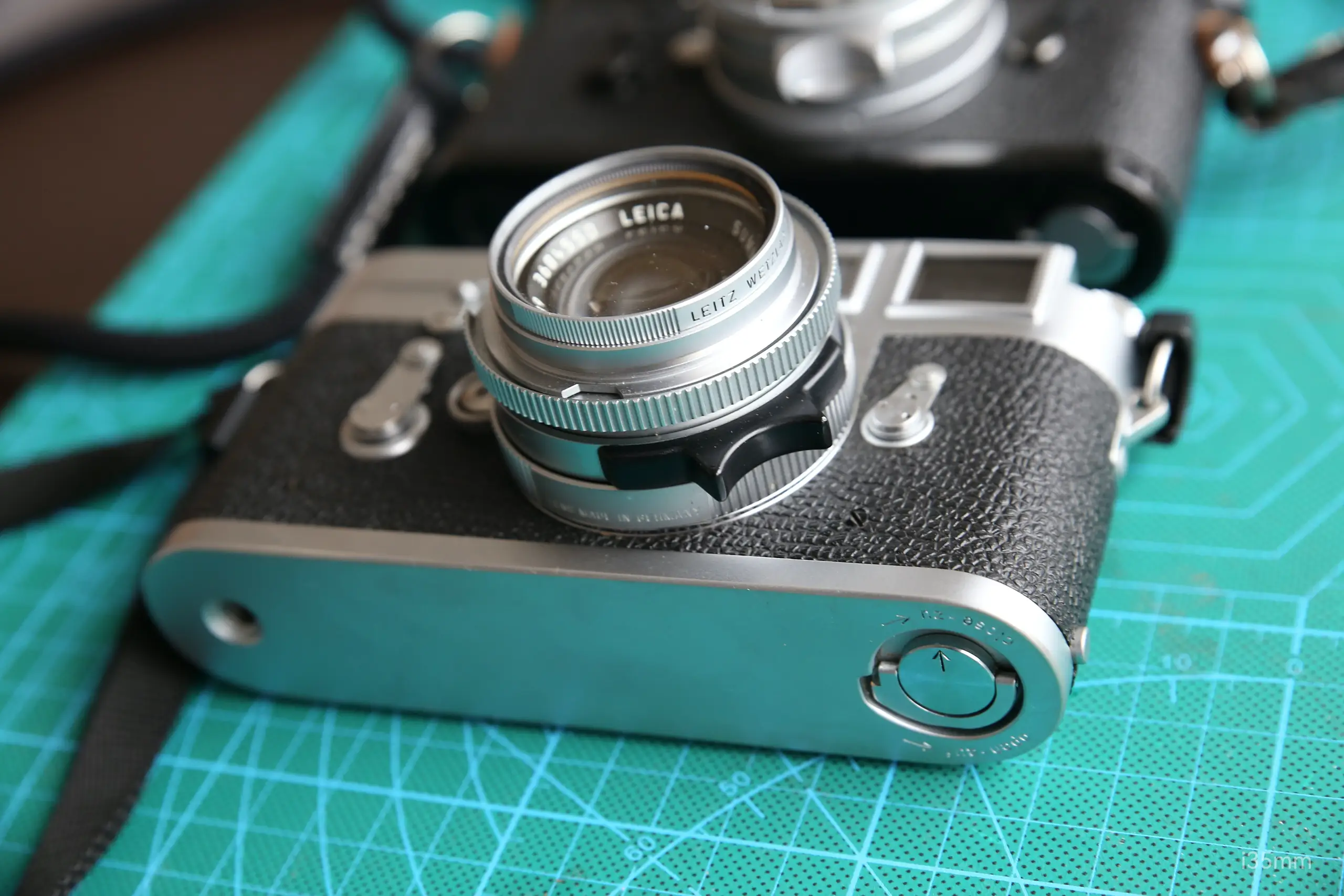
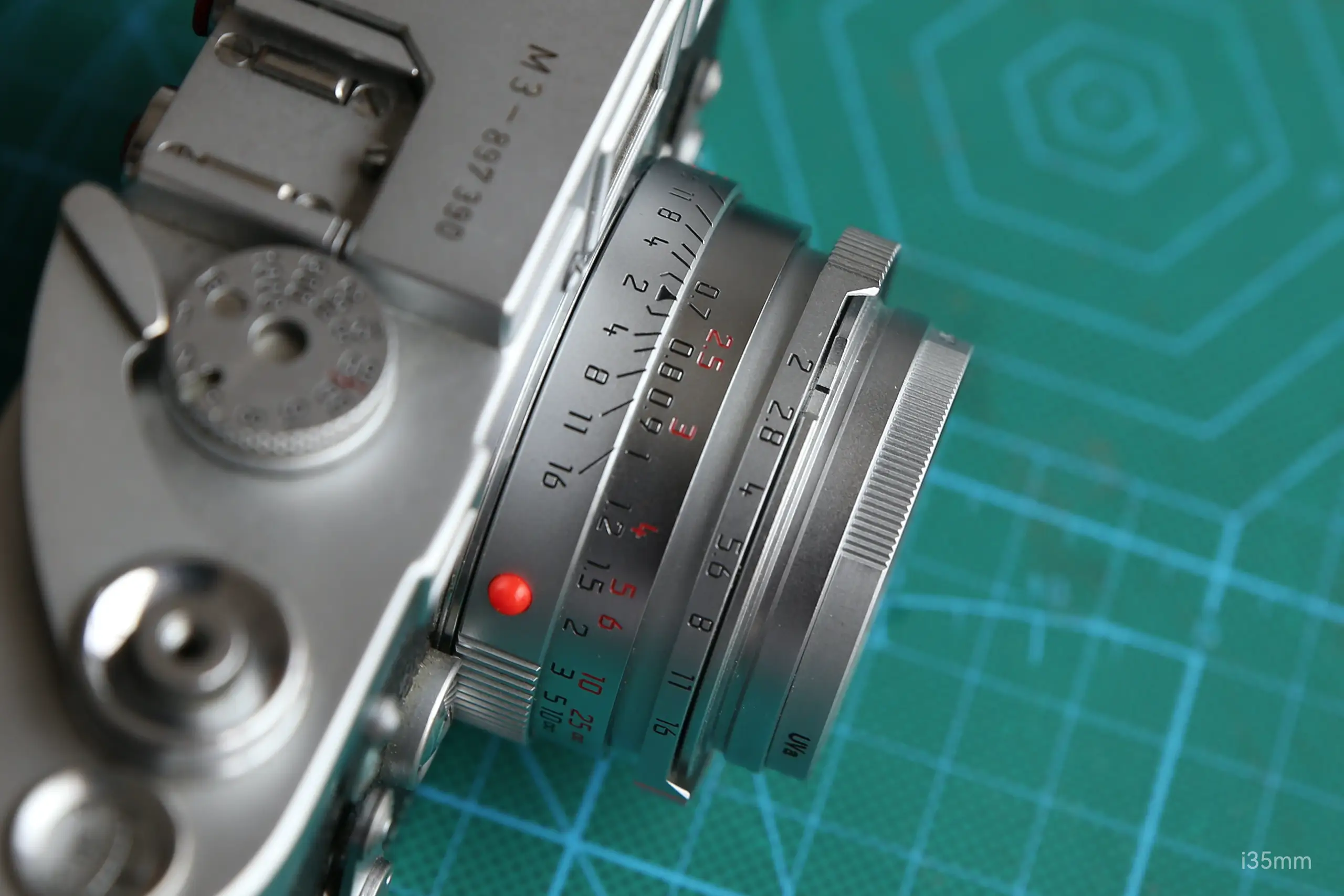
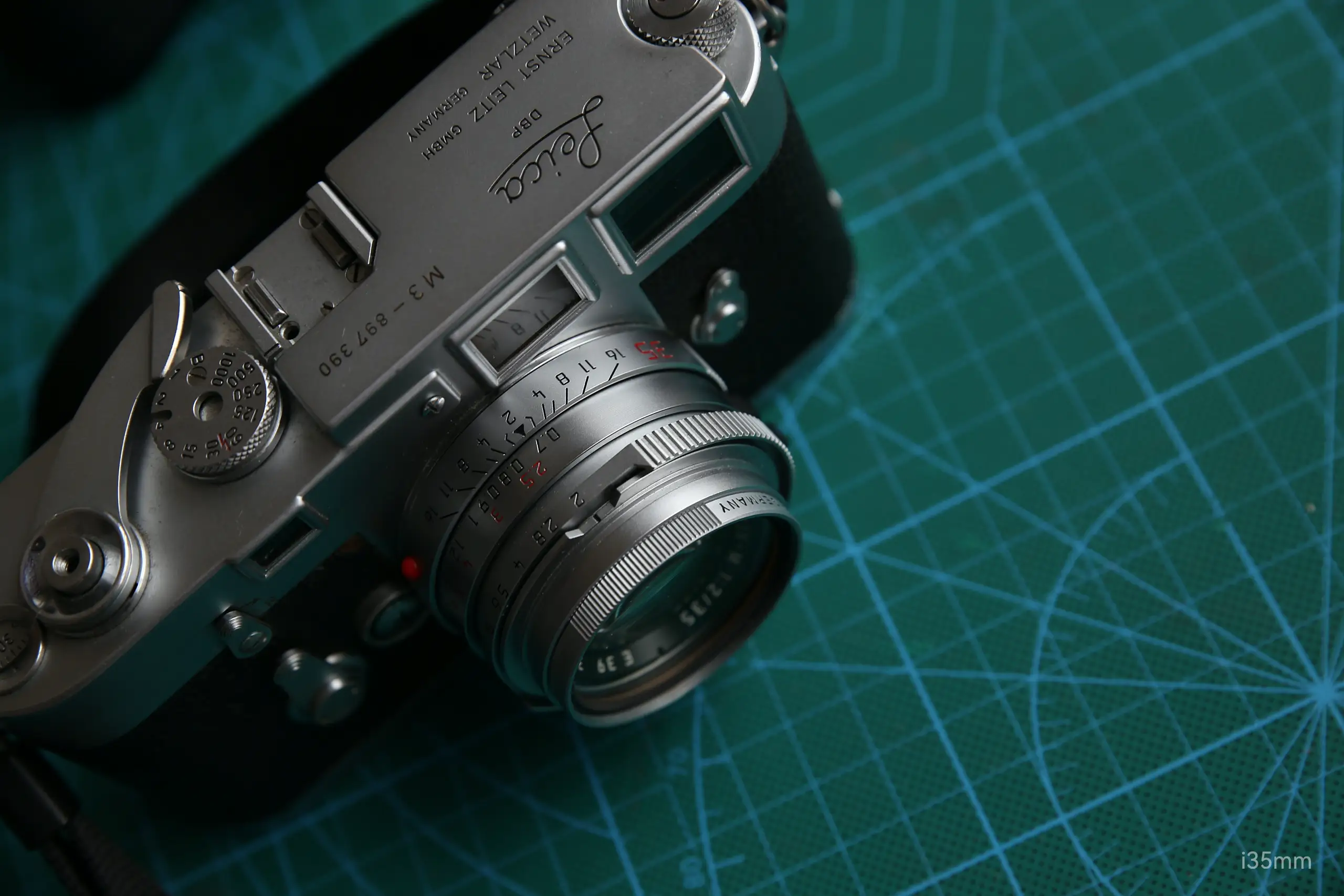
Film vs Digital: Two Lovers
- Film Romance
- On Kodak Portra, it’s 1960s Vogue meets Parisian café—grain caressed by lanthanum glass.
- Digital Affair
- On a Leica M11, dial down clarity +10 to mimic its film-era soul. Disable profiles—let its golden flaws sing.
Generational Wars: 7-Element vs ASPH
- ASPH Lenses: Technical perfectionists—the overachieving valedictorians.
- 7-Element: The jazz saxophonist—improvisational, emotional, unforgettable.
VIII. Who Needs This Lens?
✓ Poets with Light Meters: Who see grain as texture, not noise
✓ Nostalgia Alchemists: Turning sunlight into gold
✓ Contrarians: Who’d choose a vintage Leica over AI-generated “perfection”
Avoid If: You shoot sports, need autofocus, or think “vintage” means “obsolete.”
IX. Final Verdict: The Eternal Flame
The 7-Element isn’t a lens—it’s a time machine. For the price of a Rolex Datejust, you gain:
- A masterclass in pre-CGI optical artistry
- Proof that “flaws” can outshine clinical perfection
- Bragging rights at any camera club (“Yes, mine glows in UV light”)
Rating:
🎞️🎞️🎞️🎞️🎞️ (film romantics) | 📸📸📸🤍🤍 (digital realists)
“A lens that whispers: ‘Photography is not about light—it’s about how light dances with memory.’”
Pro Tips:
- Flare Hack: Shoot into the sun—its 1980s coatings paint halos like Renaissance angels.
- Film Pairing: Kodak Double-X @800—Citizen Kane vibes on a budget.
- Zen Footnote:“爱而知其恶,憎而知其善”
(“Love something but know its flaws; hate something but know its merits”)
Epilogue: The Myth Lives On
Leica keeps chasing sharper, faster, newer. But the 7-Element remains stubbornly 1980—a brass-clad rebel whispering: “True beauty isn’t engineered—it’s felt.” As Winogrand might say, “Photography is about finding out what something will look like photographed.” With the 7-Element, you’re not just shooting—you’re composing sunlight into sonnets. Now go make some imperfect magic.
